Belfast & Surrounding Area: A Perfect 3 Days
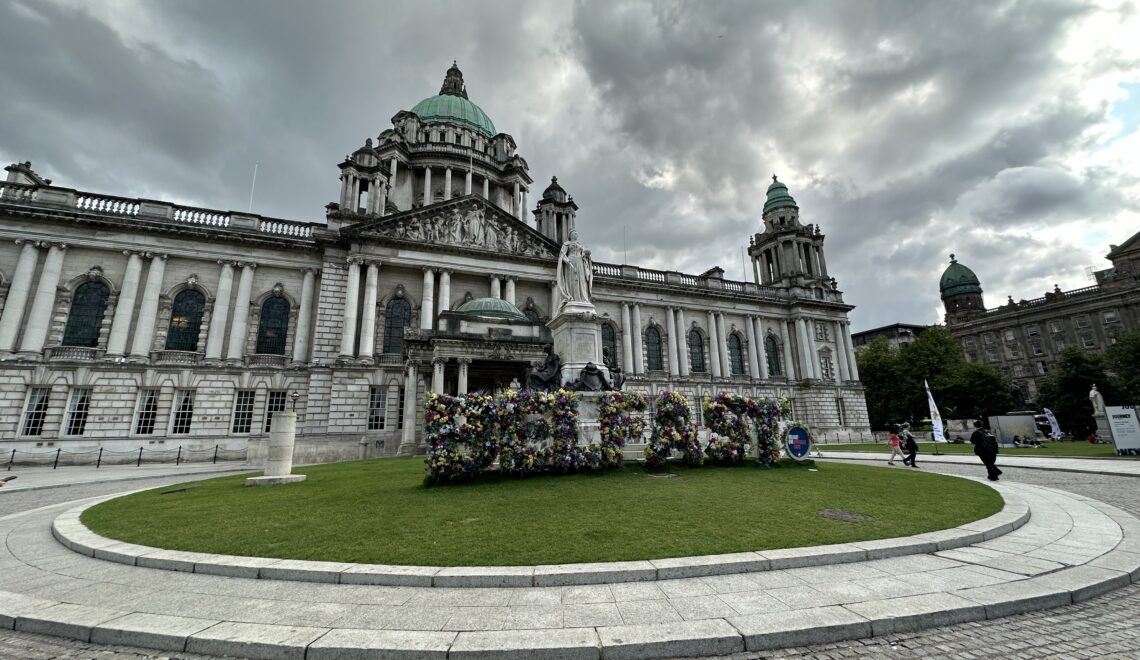
Belfast is a city with a deep, tradition-steeped, but troubled soul. You feel it all the moment you arrive. It is an awe-inspiring, mysterious, and sometimes slightly disconcerting feeling that pulls you in, challenges you, dazzles you, and, in the end, makes you fall in love.
Belfast has much to offer and can hold its own against any big city. History. Architecture. Food. Art. Music. Museums. Belfast has it all.
** Please note that this post may contain affiliate links, meaning we may earn a very small commission if you book/apply through them (at no extra cost to you).
Table of Contents
Where to Stay in Belfast
If you are up for a splurge, there is really no question as to where to stay in Belfast. The magnificent Merchant Hotel is a destination in and of itself.
With luxurious rooms, multiple excellent restaurants and bars, a jazz bar with live music nightly, an elegant afternoon tea service, and a rooftop gym and hot tub, it is hard to beat. The warm and impeccable service throughout the hotel lives up to its 5-star reputation.
The posh spa was a trip-saver for us, as Jeff had a miserable and persistent kink in his neck. After the kind woman at the desk managed to squeeze him in for a massage at the last minute, the kink melted away, never to return.
The Merchant is perfectly located in the bustling Cathedral Quarter, filled with history, shops, and restaurants, and is just a 10-minute walk from the city center, and a 20-minute walk or 5-minute cab ride to the Titanic Quarter.
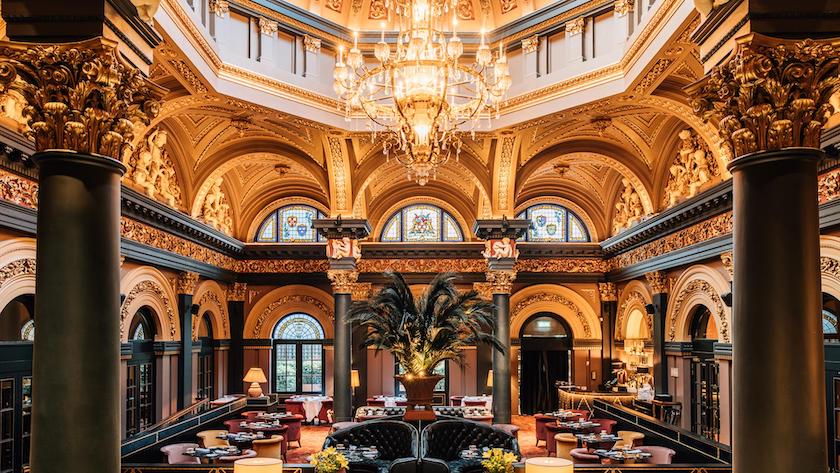
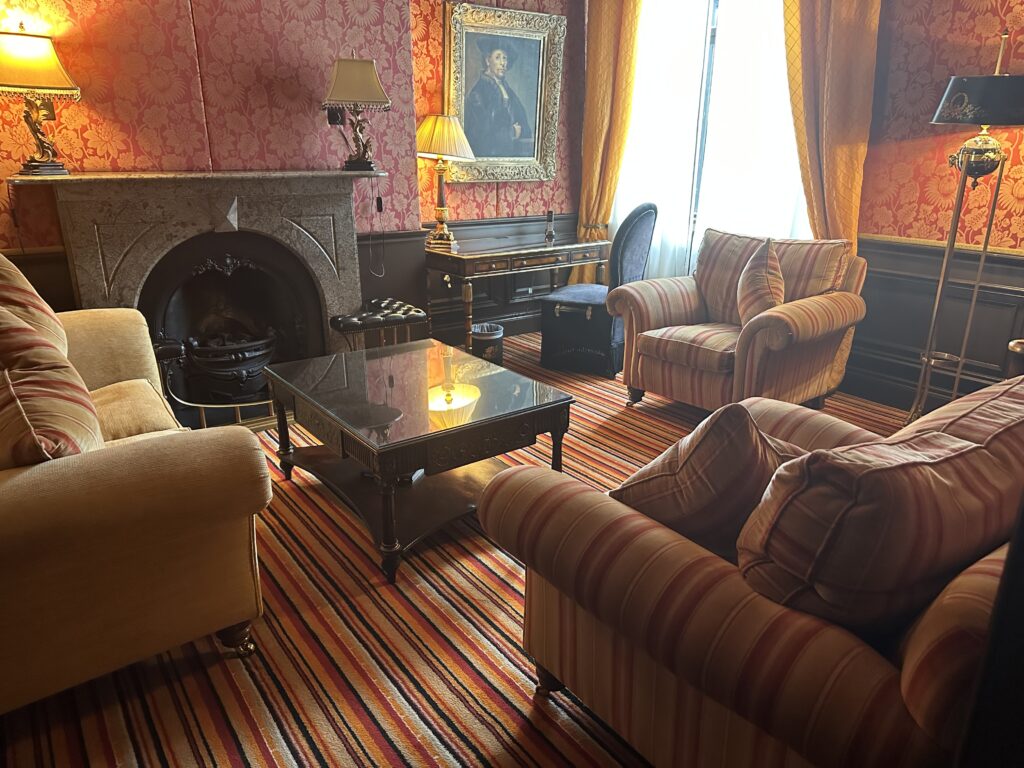
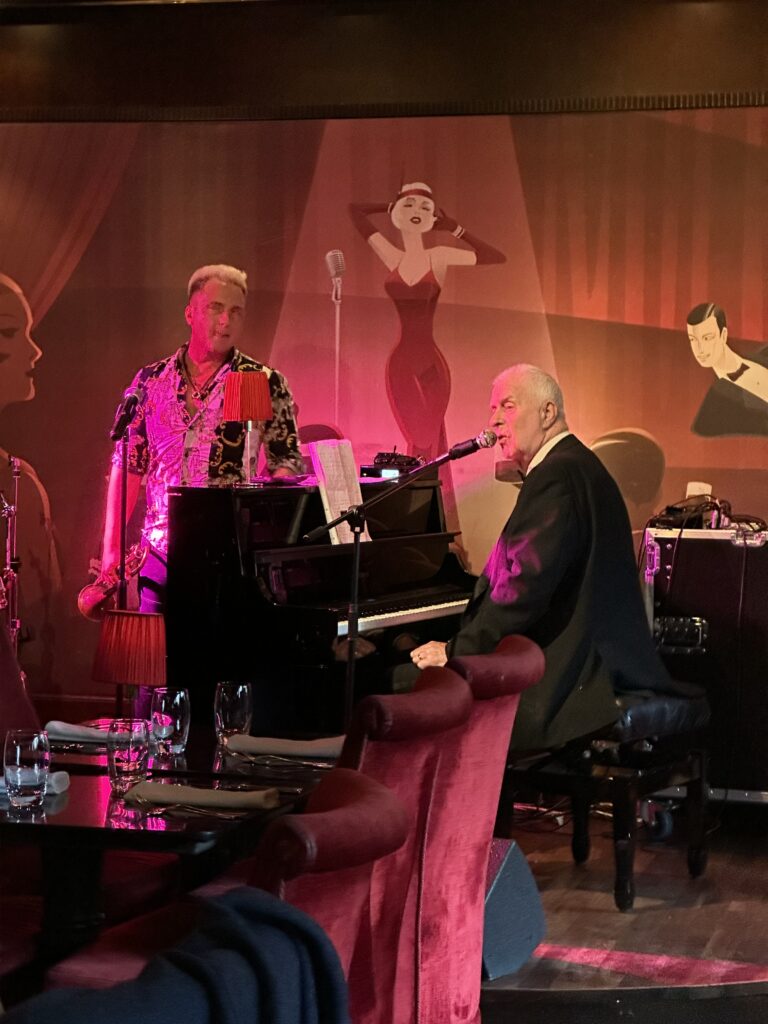
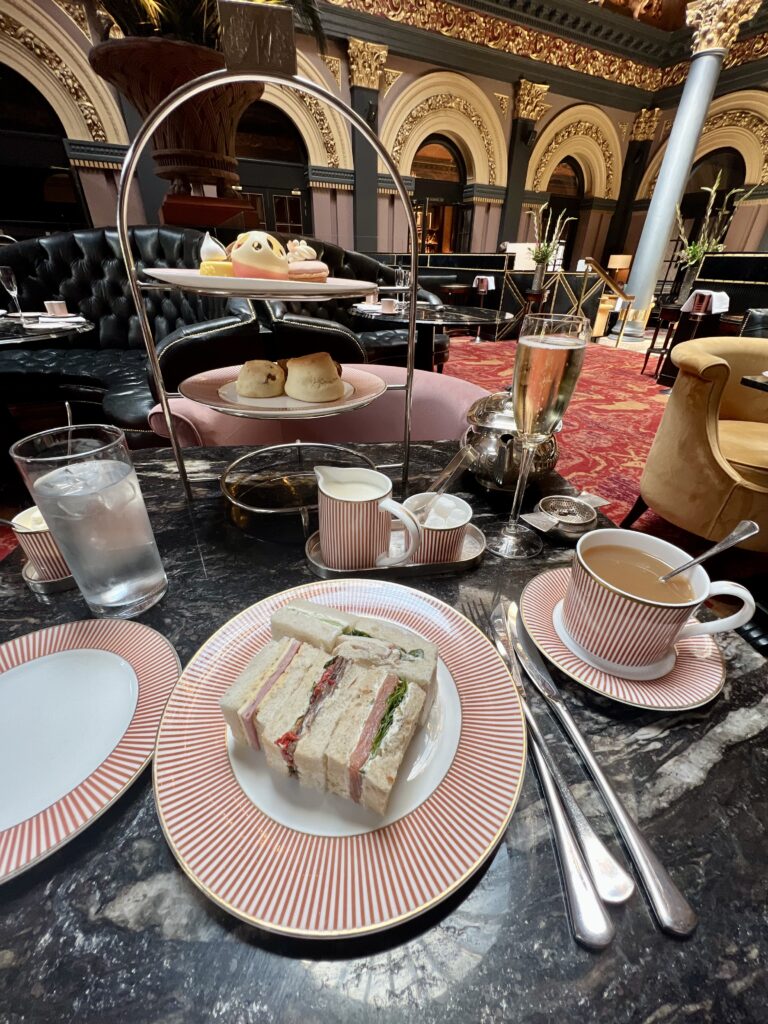
If you’re not feeling like such a splurge, (after all, you’re here for the city, not the hotel) there are lots of other options in the Cathedral Quarter.
An excellent choice is the hip Bullitt Hotel, just two blocks from the Merchant and actually owned by the same man, Bill Wosley. Wosley, a big Steve McQueen fan, named & decorated the Bullitt in honor of McQueen’s 1968 movie.
The hotel was opened in 2016 and has a host of offerings including small but comfortable rooms, a rooftop bar, a cocktail bar, a full-service, locally sourced steak and seafood restaurant, and a lobby coffee bar. The lobby hosts “Vinyl Sessions” on weekends, as well as other seasonal events. Uniquely, the crew hosts a 5K run, open to anyone of any ability, every Wednesday evening.
Day 1 – Black Cab Tour and Exploring the Cathedral Quarter
The Troubles, which lasted from 1968 to 1998, still loom heavily in parts of Belfast. The battle was between the Protestants, who wanted Northern Ireland to remain part of England, and the Catholics, who wanted independence.
To even begin to understand the extraordinary pain of those 30 years, and the continuing struggles, a Black Cab Tour (or something similar) is pretty much required. We used Cab Tours Belfast and found them to be incredibly knowledgeable and relatively fair to both sides of the conflict.
We opted for the 90-minute murals tour, which we highly recommend. Tours are necessarily private, as they take place in a normal-sized sedan. The guides are local and lived through at least part of The Troubles. The tour explores both the Catholic and Protestant sides of Belfast, as well as the Peace Walls.
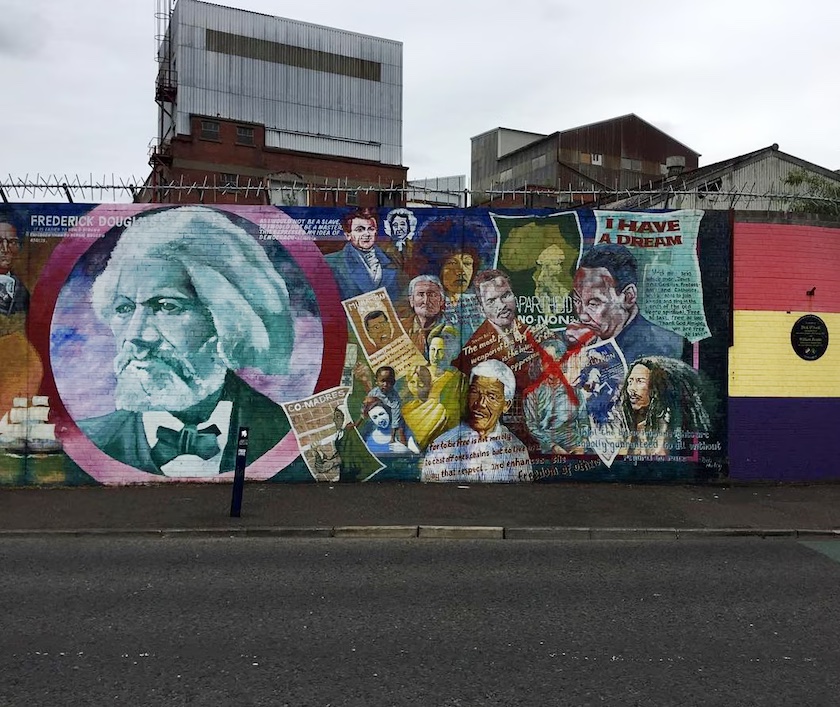
The Peace Walls were erected (surprisingly many of them after 1998) to stop the violent activity between the two sides after dark.
The walls are now covered in murals. The most prominent wall runs between Protestant loyalists on Shankill Road, and Catholic republicans on Falls Road.
Even today, the gates to the remaining walls close every night, and many residents of Belfast believe that should continue to discourage violence.
Deeply political and emotional murals exist at nearly every stop during this tour. They tell the story in a way that words simply cannot.
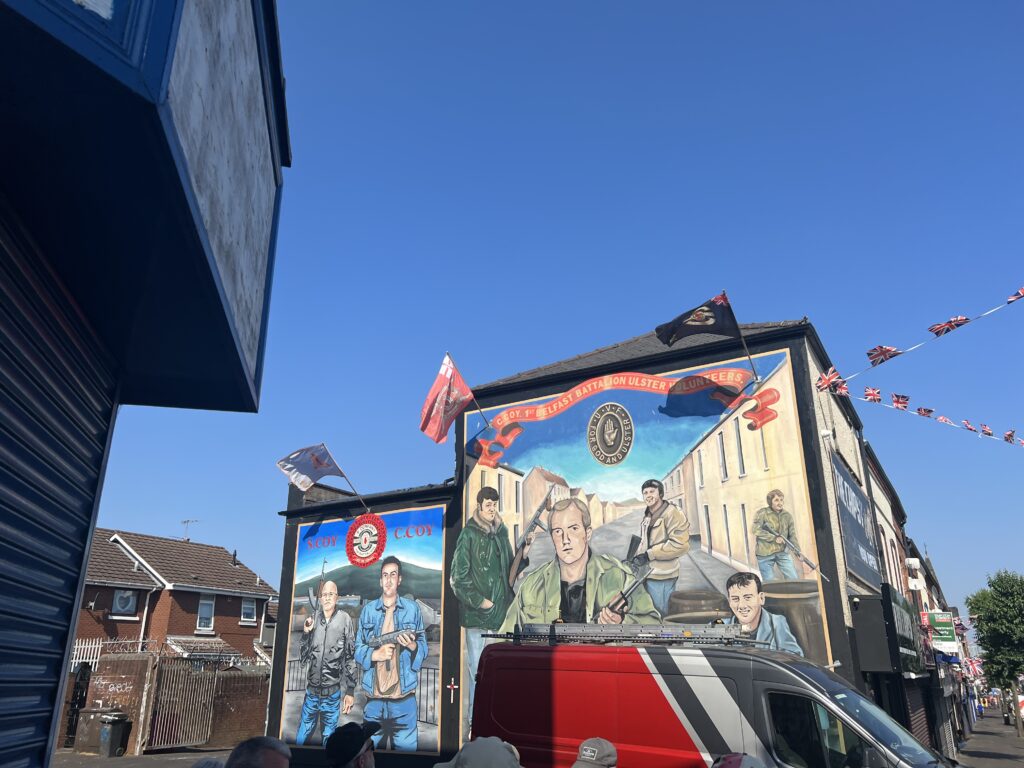
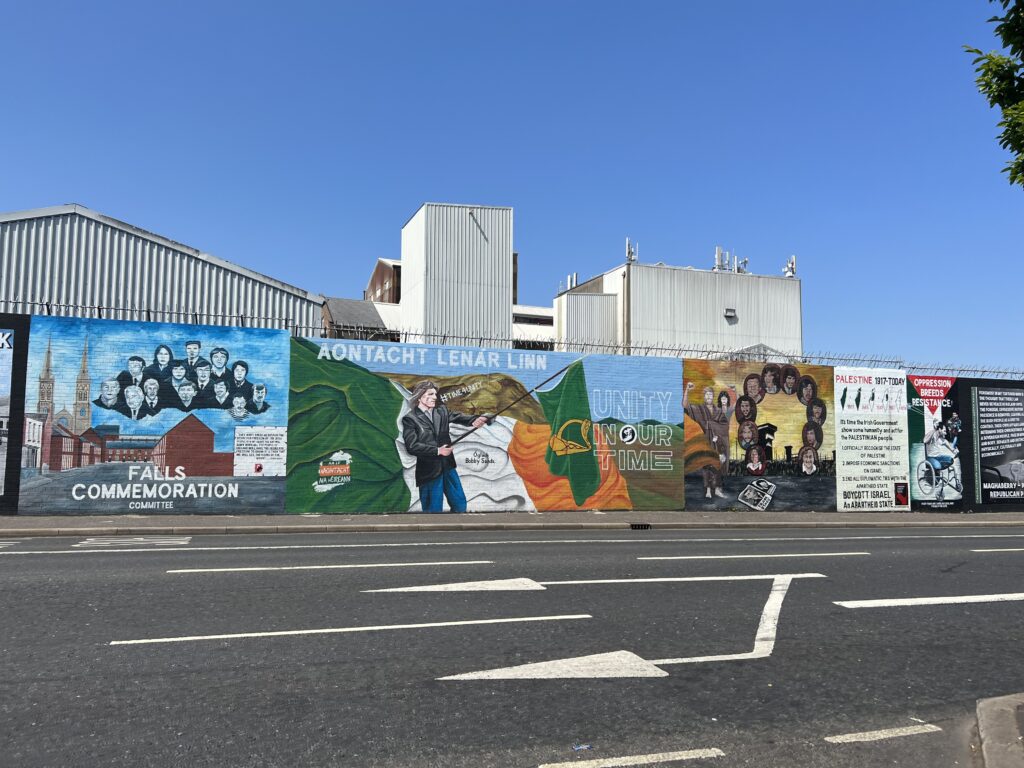
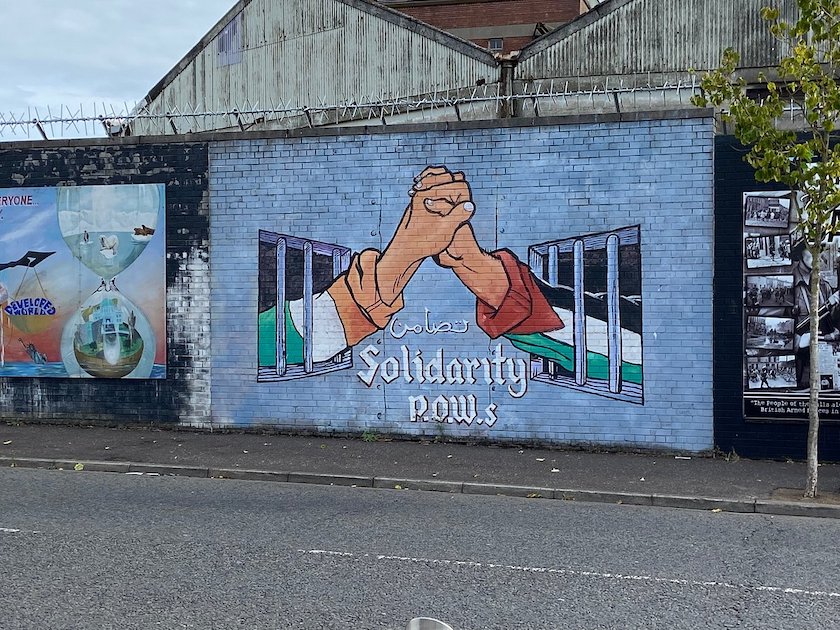
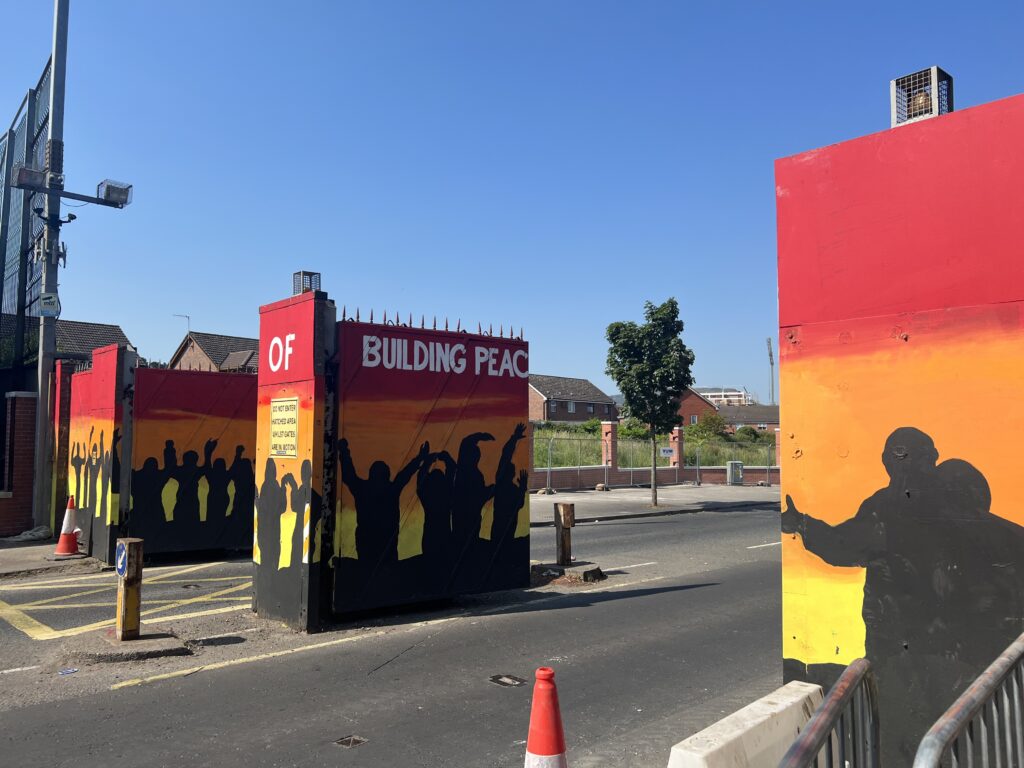
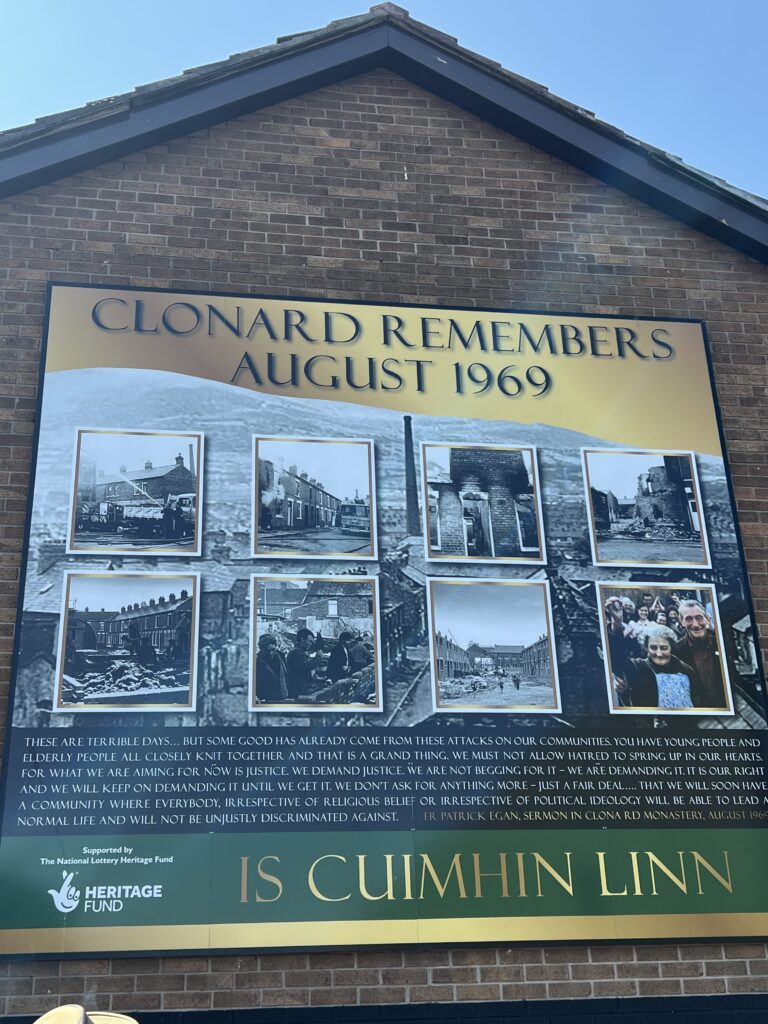
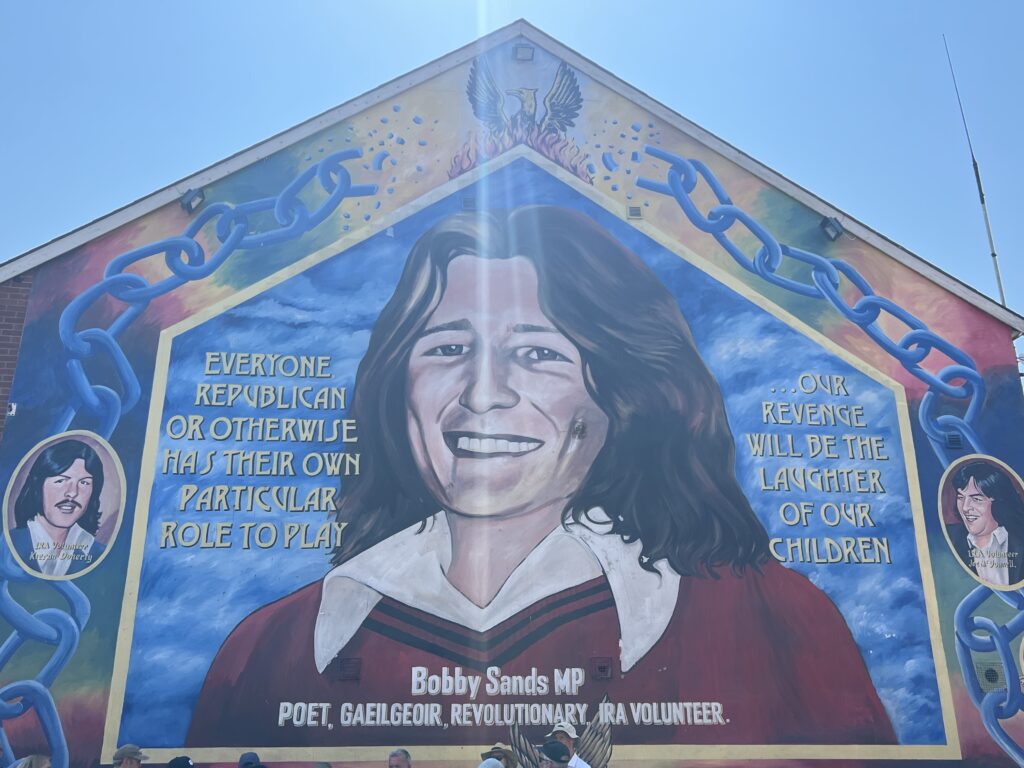
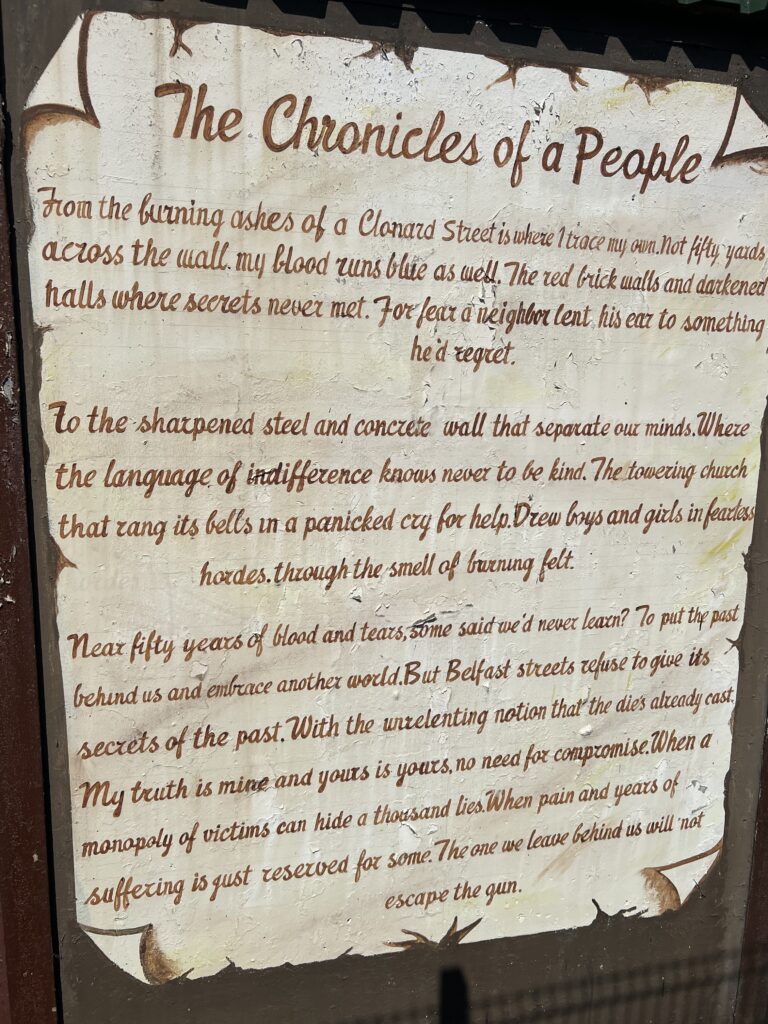
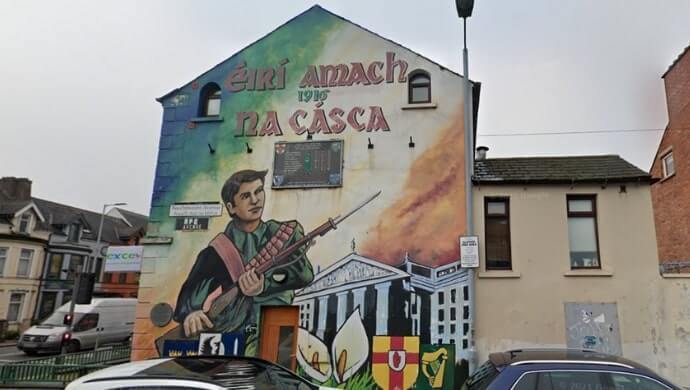
It is a chilling and sobering tour. The guides are gifted storytellers. Though they tell a grim tale, they also tell a tale of hope, and of pride at the resilience of their city, now thriving and at peace for nearly 30 years.
If an in-depth exploration of this topic is of interest, we highly recommend reading the riveting book Say Nothing by Patrick Radden Keefe before traveling to Belfast.
After your tour, take a deep breath and decompress over lunch. And probably indulge in a pint. If you’re staying in the Cathedral Quarter, consider the Cloth Ear for the atmosphere of a pub, but serving elevated food. In the alternative, The Yard Bird offers 24-hour marinated chicken, wings, and ribs. (It’s located above the popular Dirty Onion pub & beer garden, where you can find nightly live music. The Dirty Onion is Belfast’s oldest building, dating back to 1780.)
After lunch, it is time for some light-hearted sightseeing – quite a contrast to the morning.
Once a bustling trade and warehousing district, and later an abandoned, dilapidated neighborhood, the Cathedral Quarter is now Belfast’s cultural center. Its winding cobblestone streets house an array of historical sites, performance spaces, museums, restaurants, art galleries, shops, and, of course, pubs. It is a delightful area to stroll through, stopping anywhere that piques your interest.
St. Anne’s Cathedral (also known as the Belfast Cathedral) is the focal point of the Quarter. The Romanesque-style construction was started in 1899, and the nave was completed in 1903.
Since then, there have been many additions, with the most recent being the 130-foot Spire of Hope, constructed in Zurich, and installed in 2007.
Across the street from the cathedral is the Northern Ireland War Memorial Museum, dedicated to telling the story of Northern Ireland’s contributions to World War II, and the impact it had on the people of Northern Ireland. There is a separate exhibit covering the Belfast Blitz, and honoring those who lost their lives in it.
One place that can’t be skipped in the Cathedral Quarter is Commercial Court, a whimsical and scenic alleyway, running between Donegall Street and Hill Street. It is lined with flowers, murals, and pubs, notably the historic and beloved Duke of York. If you have time to stop at The Duke for a drink (even just a soda), the interior is gorgeous and has fascinating decor and a mirrored whisky bar.
Commercial Court is perhaps Belfast’s most photographed street because of the fun neon umbrella canopy.
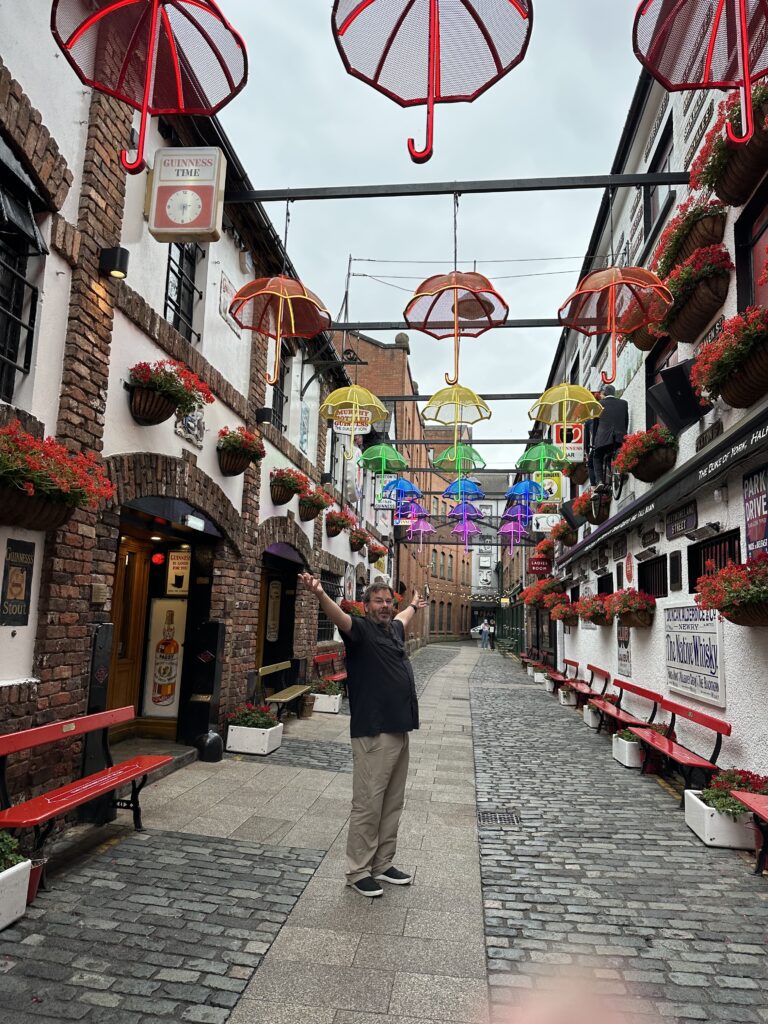
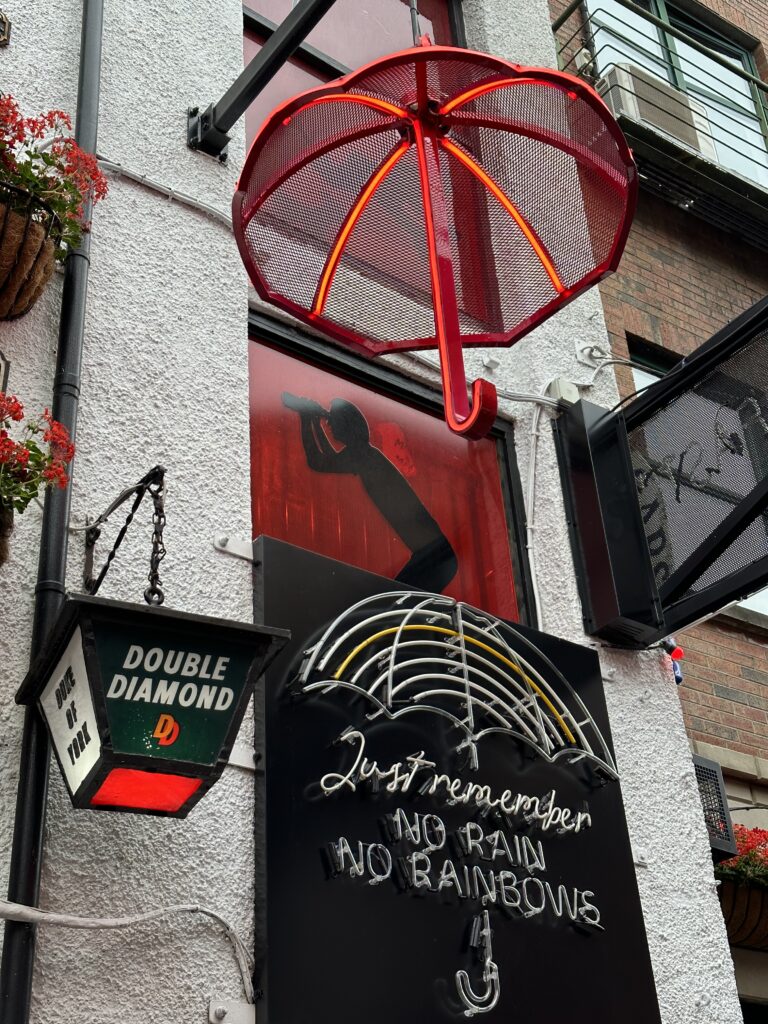
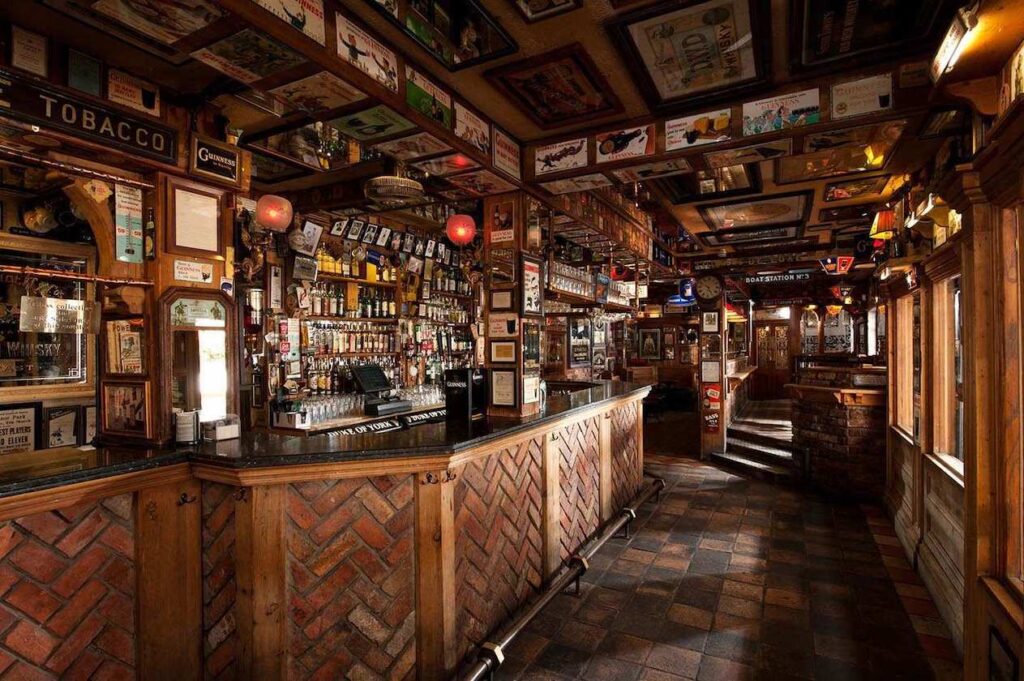
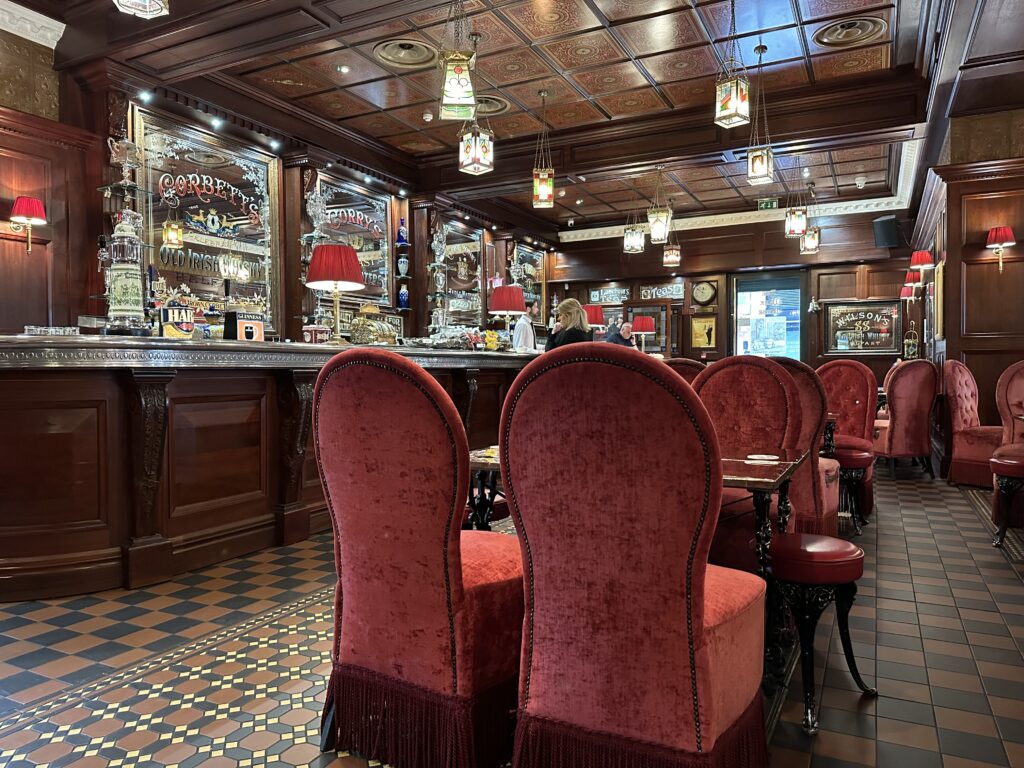
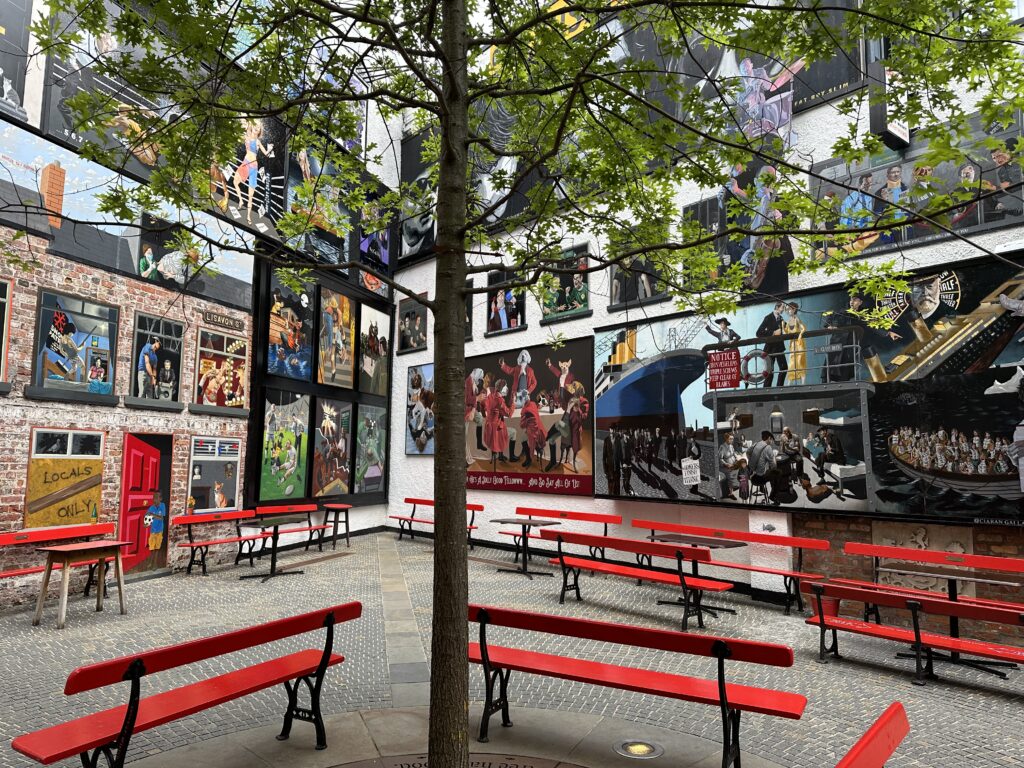
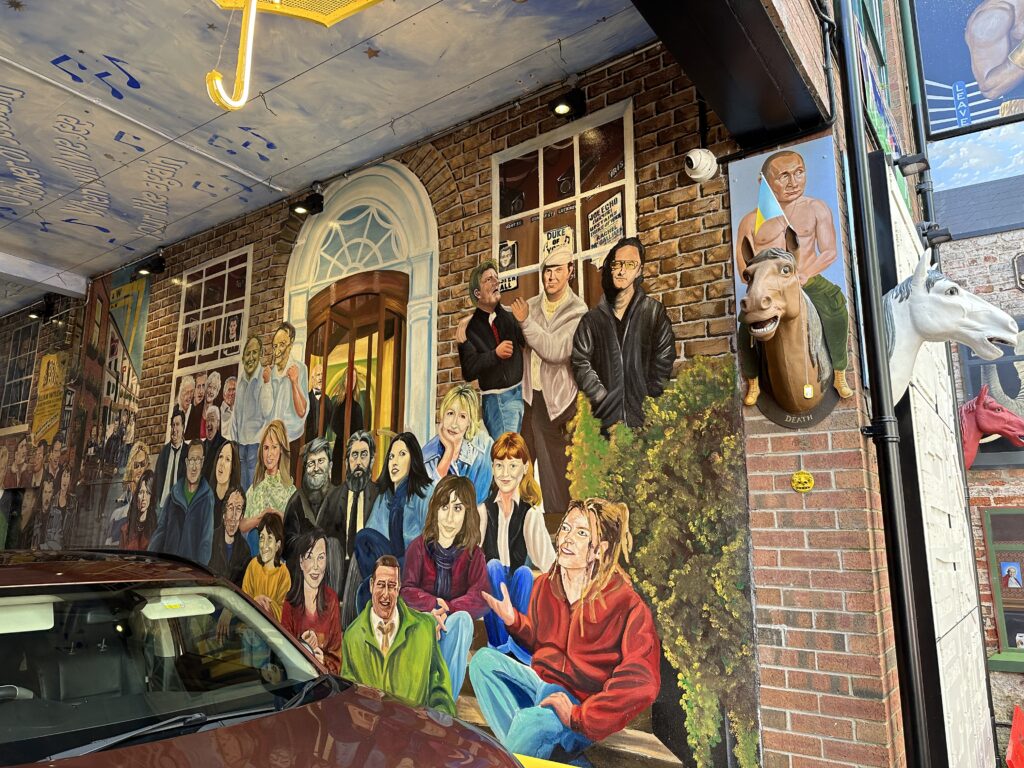
If you’re not staying at The Merchant Hotel, this would be a great time to pop in and take a peek at it, as it is just a block or so from Commercial Court. The extravagant building was originally the headquarters for Ulster Bank, one of the largest banks in Ireland/Northern Ireland. Its stunning Great Room houses Ireland’s largest chandeliers.
For dinner, pick one of the abundant restaurants in the area. Then, if you’ve still got a bit of energy, take in some live music at The Dirty Onion, The Duke of York, The National, and/or The Thirsty Goat, among others.
Day 2 – The Causeway Coastal Route to Giant’s Causeway
There is plenty to do within Belfast. But it would be almost criminal not to explore the gorgeous coastal area just north of the city. So, for Day 2, you’ll leave Belfast and spend a full day along the Causeway Coastal Route, heading to Giant’s Causeway.
There are three ways to take this day trip. The first is to drive on your own. If you are comfortable driving on the left side of the road on narrow, winding roads, this could be a good option. The downside is that the driver will not get to enjoy the spectacular views throughout the trip.
The second way is to take public transportation. At the time of this writing, there are 3 nonstop buses each day in each direction. The route does not follow the coast and does not stop at any of the other attractions.
The third and most common way is to take a full-day tour. (Half-day tours are possible but are far too rushed.) Along the beautiful coastal route, many tours make multiple stops at overlooks along the Atlantic, including picturesque Carnlough Harbour, the quaint town of Cushendun, home to a set of caves we were able to walk through, believed to be hundreds of millions of years old, and a scenic walk to a “secret beach” in Ballintoy Harbor.


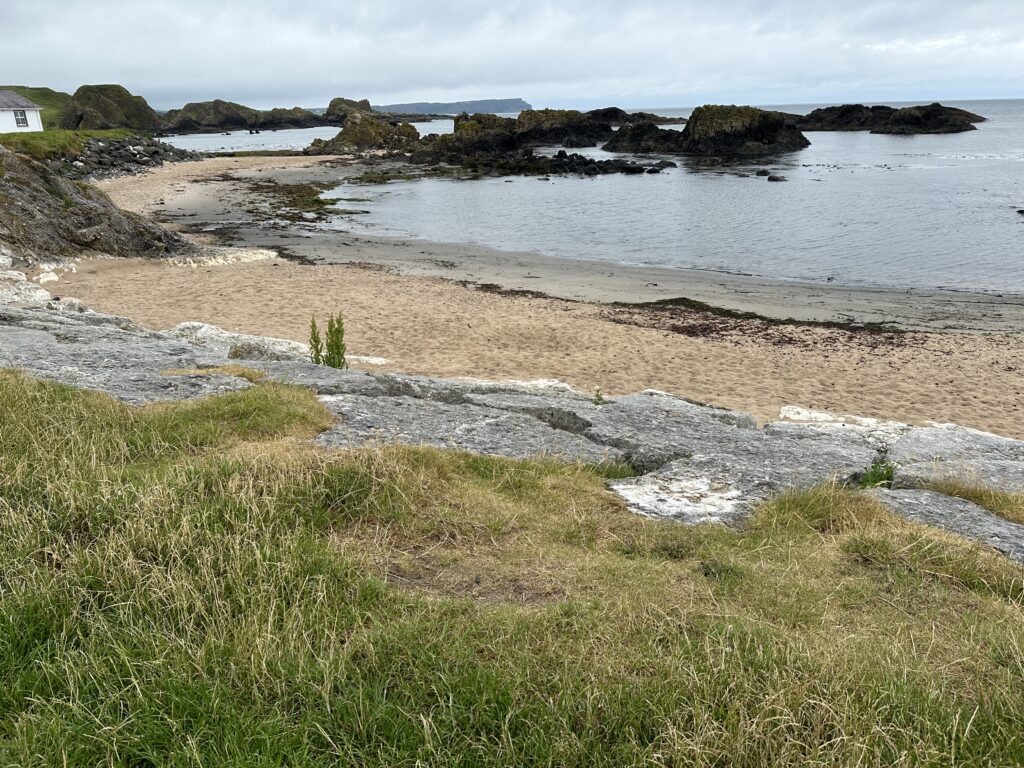
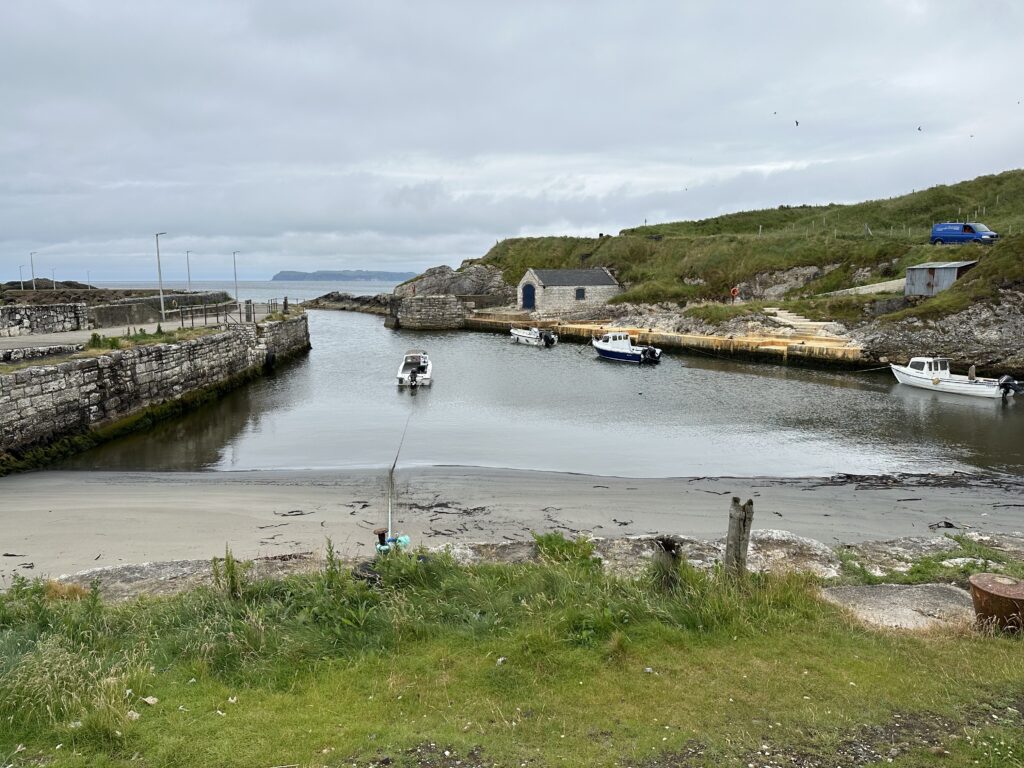
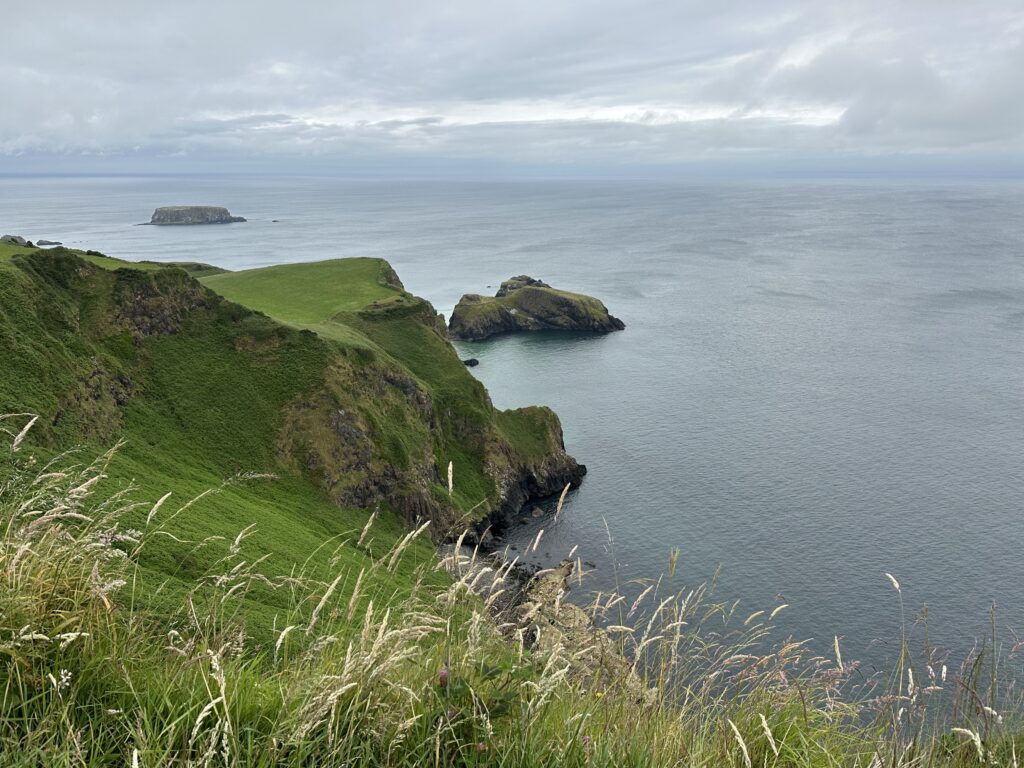
Another very popular attraction along the coastal route is the 100-foot high Carrick-a-Rede Rope Bridge, built in 1755 by fishermen to cross over the Atlantic between the mainland and a little island. We were not able to fit that into our itinerary.
The main attraction along this route is the dramatic Giant’s Causeway, a UNESCO World Heritage Site. The 5-mile area of extraordinary coastline features cliffs overlooking almost 40,000 massive hexagonal basalt columns sticking out of the Atlantic Ocean at different heights.
This almost impossible landscape was formed 50 million years ago when Finn MacCool, an Irish giant, wanted to spy on a rival named Benandonner, a Scottish giant. So he built a stone bridge (or causeway) over the sea to Scotland. But, alas, when he crossed the bridge, he discovered Benandonner was much larger than he, so MacCool retreated back to Ireland.
Benandonner chased him, but MacCool’s quick-thinking wife (isn’t that always the way?) disguised her husband as a baby. When Benandonner saw the huge baby, he knew the father must be even larger, so he ran back to Scotland, tearing apart the causeway as he fled.
The geologic formations undersea, all the way to Scotland, that remain today are proof of the giants’ feud.
Party pooper scientists try to ruin a good story, insisting the Causeway was created by volcanic eruptions. They claim that when the lava cooled, it crystalized and formed the perfect interlocking basalt columns.
Pick your story. But surely you know which one is the real truth!
Once you arrive at the Causeway, it is free to explore the area. (If you drive on your own, the parking is not cheap and depends on where you park and how many people are in the car.) There is a visitor’s center, but there is a £13 per adult charge to enter at the time of this writing, It is not particularly recommended. The attraction is the Causeway, not the shop and cafe. (Kind of strange that they charge to gain access to the gift shop!)
From the parking area, it is a downhill climb to the main part of the Causeway. (And, of course, uphill on the way back.) For anyone unwilling or unable to make the climb up or down, there is a regular shuttle with a fee of just £1.
Once you arrive in the main area, you could spend hours exploring. Signs direct the way to trails of varying difficulty and length. There are seaside trails, cliff trails, and many inviting places (well, rocks) just to sit and admire the splendor. It is an unforgettable experience.


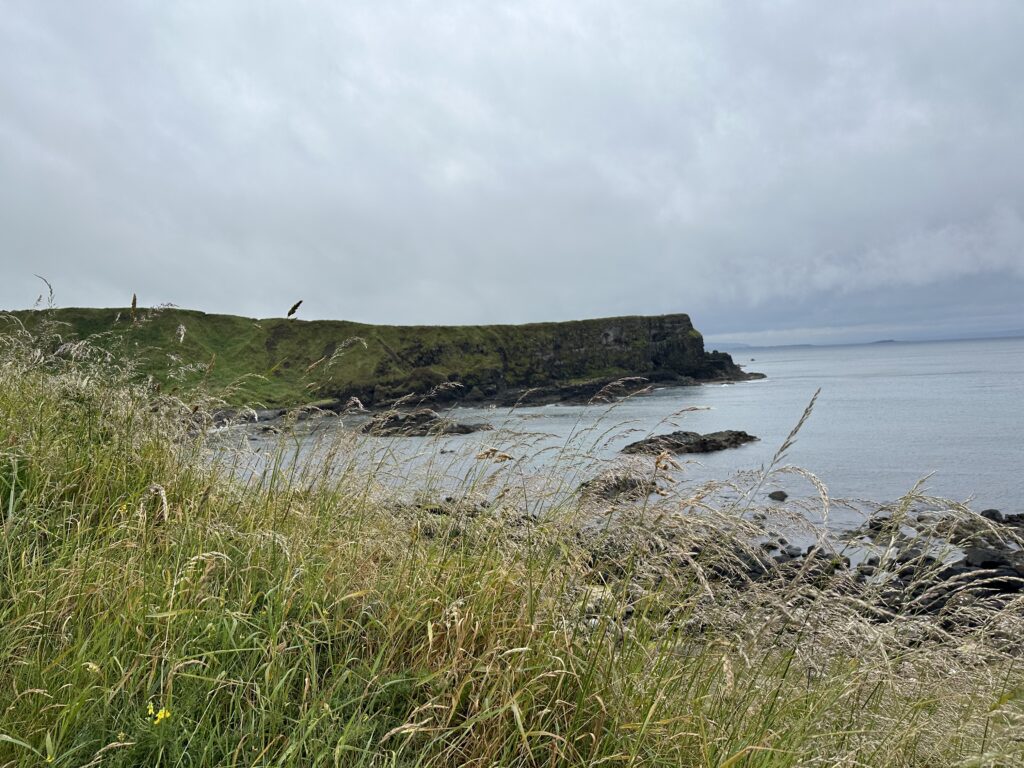
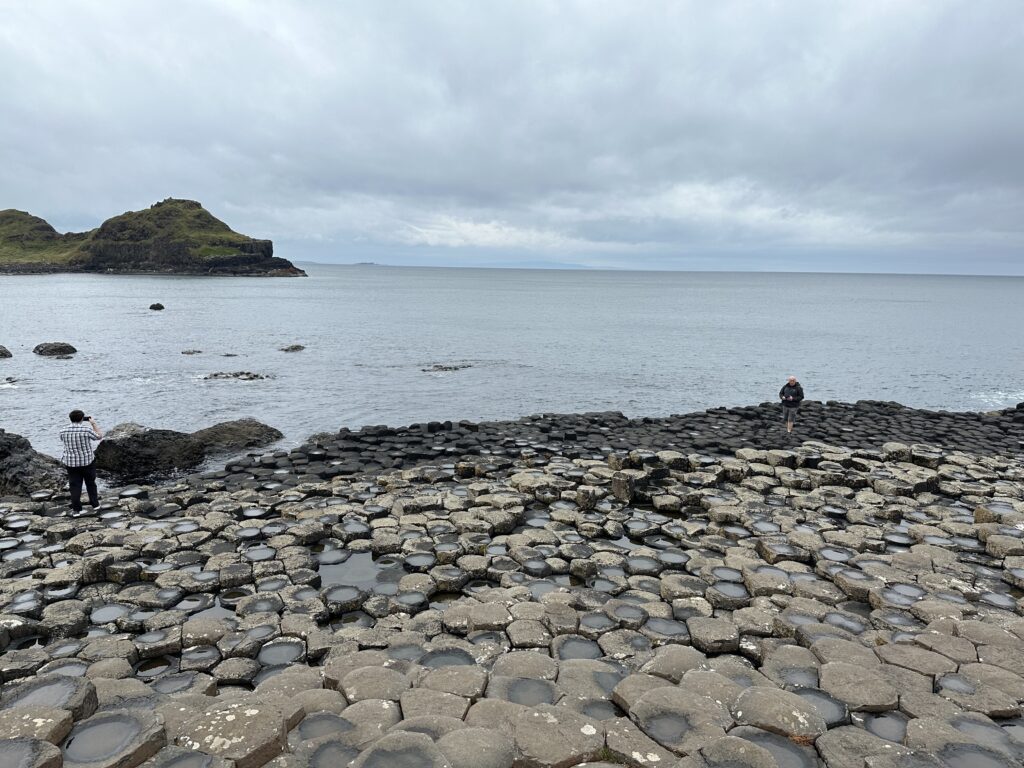
Shortly after leaving Giant’s Causeway, we visited the ruins of the medieval Dunluce Castle, built by the McQuillan clan in about 1500. It was the scene of much violence and changed hands several times. In the 17th century, it housed the earls of Antrim. A small town was established around it in 1608, but was destroyed in the Irish uprising of 1641.
In 2011, archeologists excavated the area and found significant remains of the town. Visitors can explore the archaeological discoveries when visiting the castle.
Just a few minute’s drive from the castle is Bushmills Distillery. Established in 1608, it is the oldest licensed whisky distillery in the world.
There are tours available, covering the history and the whisky-making process.
It is also easy to just go to the atmospheric bar, and let the bartender recommend a flight of whisky tastings.
During the hour-long drive back to Belfast (not the coastal route), many tours stop at the Dark Hedges, a Game of Thrones filming site. We’ll cover that at the end of this article.
After spending nearly the full day by the sea, the excellent Mourne Seafood, serving fresh and locally sourced seafood, is a great choice for dinner tonight. From oysters on the half shell, to seafood chowder, to whole roasted sea bream, to fish and chips, there is something to please everyone.
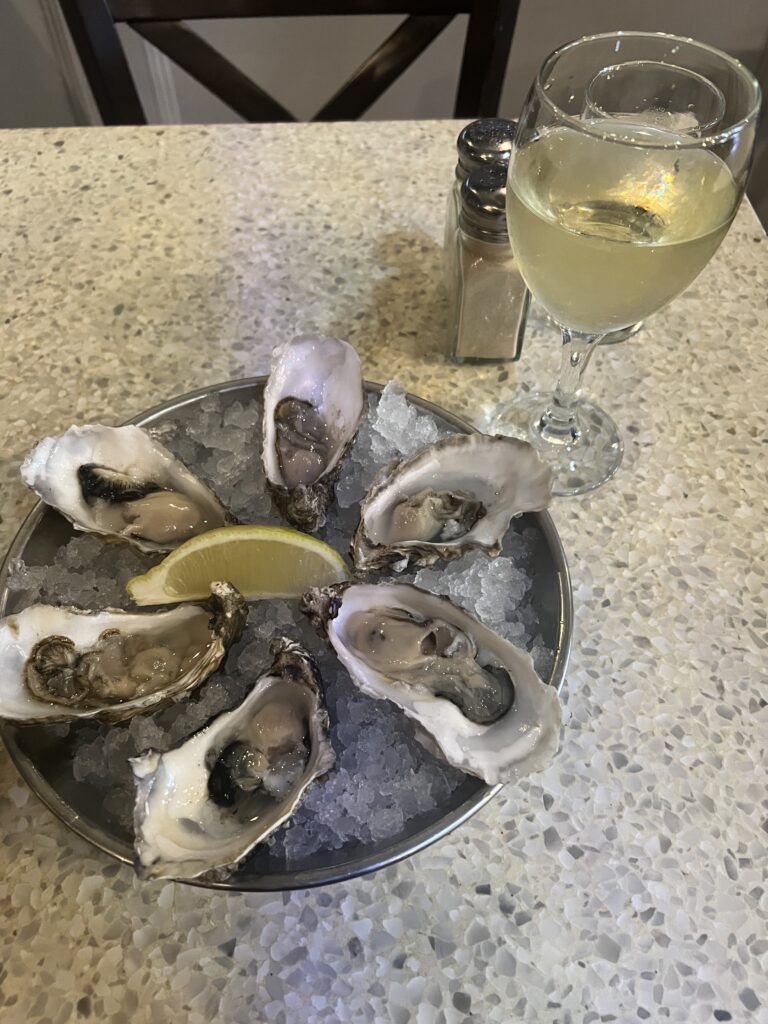
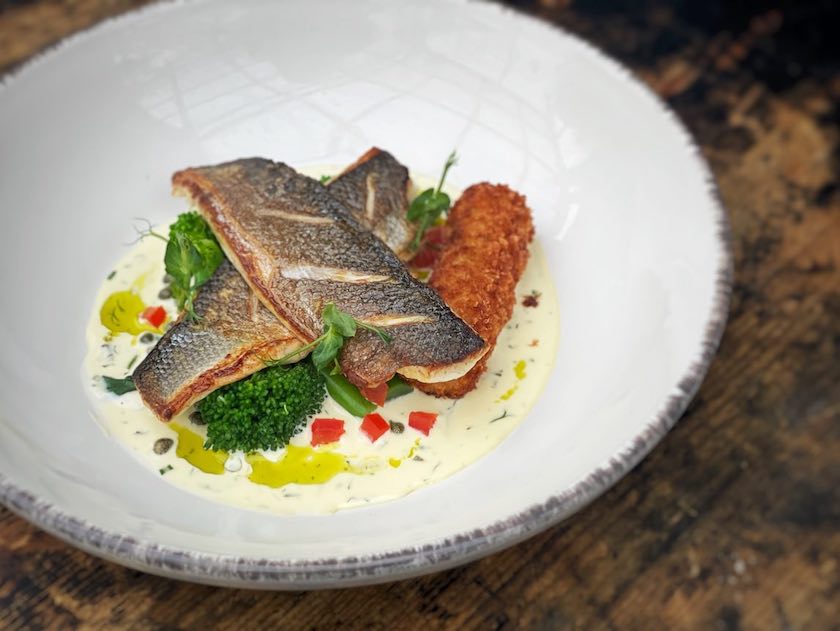

Day 3 – The Titanic Quarter and City Center
The most visited attraction in all of Northern Ireland is Titanic Belfast. The ill-fated ship was designed, constructed, and set to sea at the location of the museum, in the Titanic Quarter, on the site of the former Harland & Wolff shipyard.
It’s hard to miss the iconic Harland & Wolff gantry cranes nearby, named Sampson and Goliath, that dominate the skyline.

The state-of-the-art Titanic Belfast opened in 2012. The self-guided tour directs visitors on an informative one-way route through a long series of interactive galleries. They examine the history and culture in Belfast at the time, the conception of the ship, and the incredible story of the mammoth construction project. There is an educational, short, gondola-type ride that rises and falls around the gigantic rudder, with videos describing building the ship. (You’re in good company, even Queen Elizabeth II took this ride.)
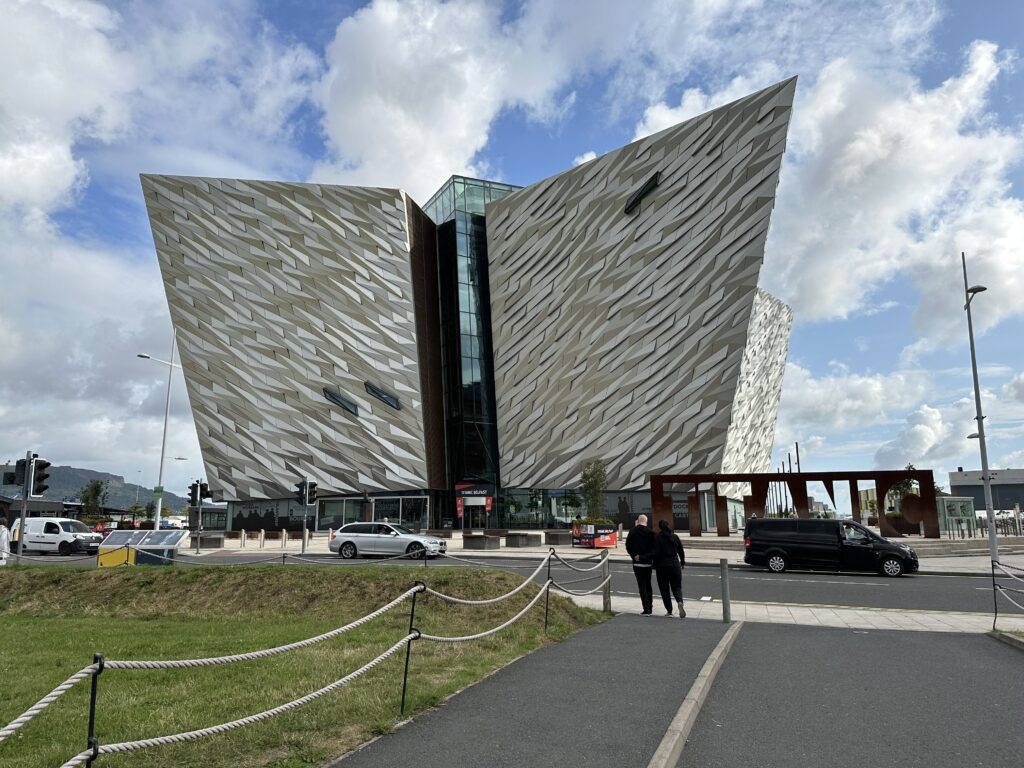
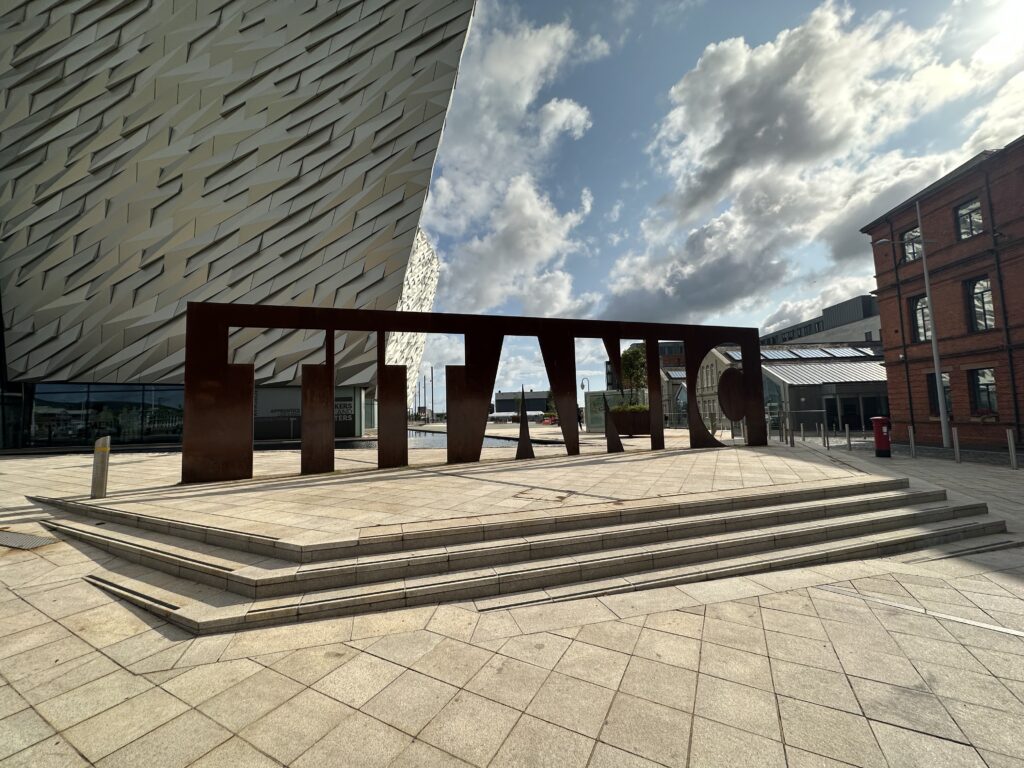
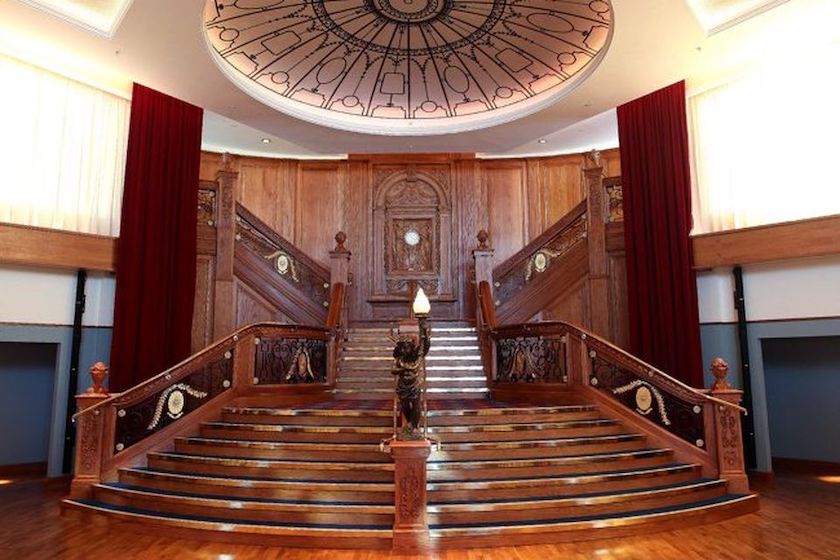
Continuing galleries bring to life the launch and day-to-day life aboard the ship, until the inevitable sinking. Throughout the tour, there are explanations of the series of conscious decisions and mishaps that led to the disaster. Many of the exhibits feature information about the lives of individual passengers in all classes, as well as individual crew members, making the experience very personal.
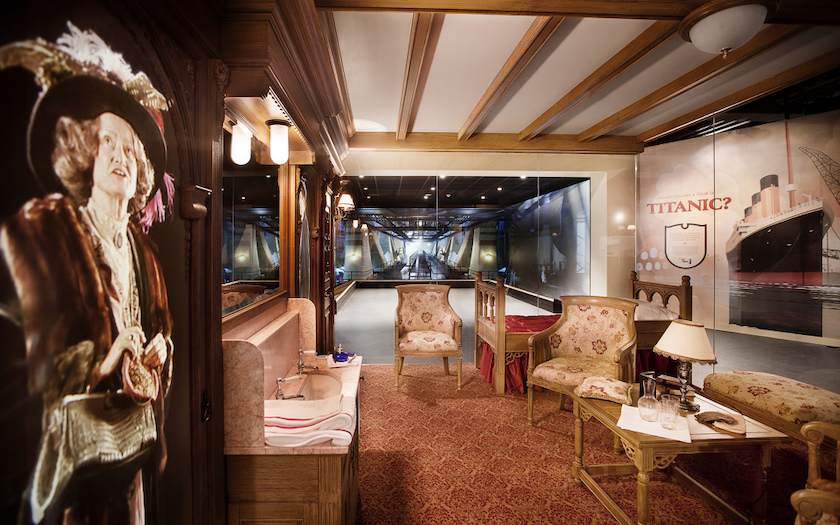
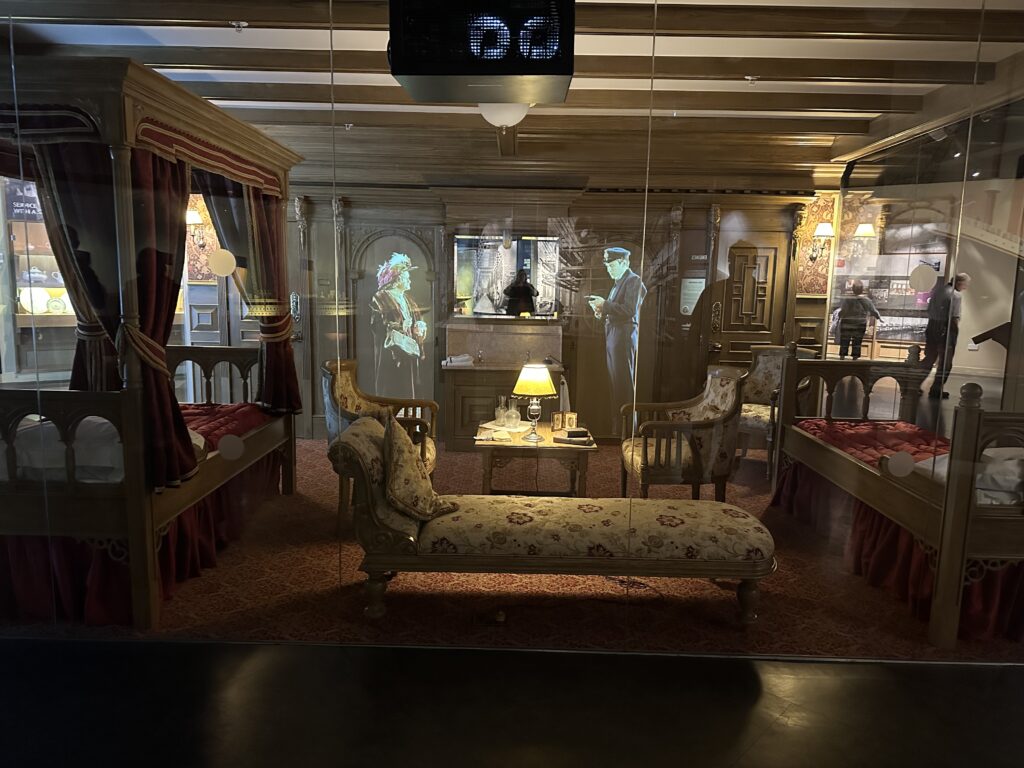
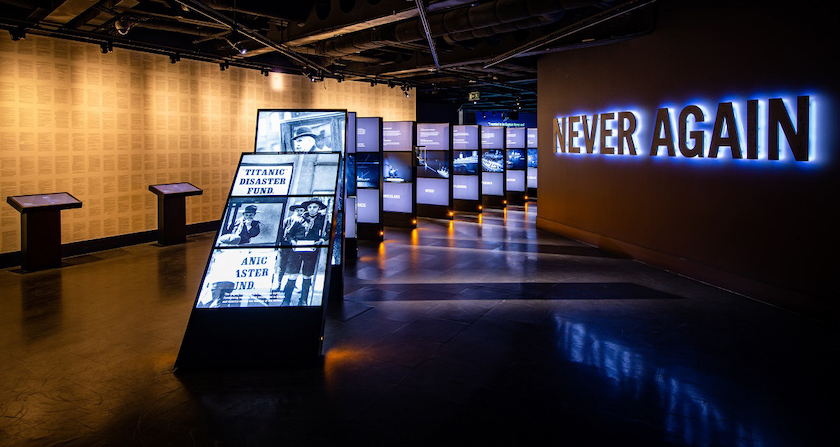
In addition to the Titanic exhibit, tickets include access to the restored SS Nomadic, the last remaining White Star ship in existence, and also Titanic’s tender ship. But this is not at all the type of tender ship you think of with cruise lines today. The Nomadic could carry up to 1000 passengers, with areas for both 1st and 2nd class guests, and included lounges, fountains, and even a buffet.
This ship ferried the likes of John Jacob Astor IV, Benjamin Guggenheim, and the “unsinkable” Molly Brown to their fateful trip on the Titanic.
Audio guides are available in a wide variety of languages. However, the exhibits are very well laid out and self-explanatory, making the audio guide unnecessary for many visitors. It takes 2-3 hours to fully explore the museum and SS Nomadic. Tickets purchased in advance are highly recommended.
From Titanic Belfast, The Odyssey is a short walk away and might be a good place to grab lunch, especially if you are traveling with kids. It is an entertainment complex that features movie theaters, restaurants, bars, and the W5, an interactive science center aimed at children.
The Odyssey is home to the SSE Arena, where the Belfast Giants hockey team plays. Hockey, though a violent game, is a peacekeeping sport here. It is one of the few nonsectarian sports in the city, and the team does what it can to keep it that way. It is perhaps the only place in Belfast where Protestants and Catholics gather with a united goal: to cheer on the Giants.
This waterfront area features multiple art installations, making for a delightful walk. The quirky and entertaining SoundYard is a 20-foot structure with more than 500 rods hanging down, where young and old can “play” and make music. The immense, hollow steel Belfast Buoys, now restored, weighs nearly 3 tons each and were once used to safely guide sailors to port. The Glass of Thrones is a series of 6 huge free-standing stained glass windows depicting scenes from Game of Thrones.
A quick stroll over a bridge over the River Lagan will bring you to the Big Fish, a 32-foot sparkling blue salmon, with scales made of ceramic tiles, each of which, upon close inspection, contains images depicting Belfast history. Go ahead and give that fish a big smooch; folklore says it will make you smarter!
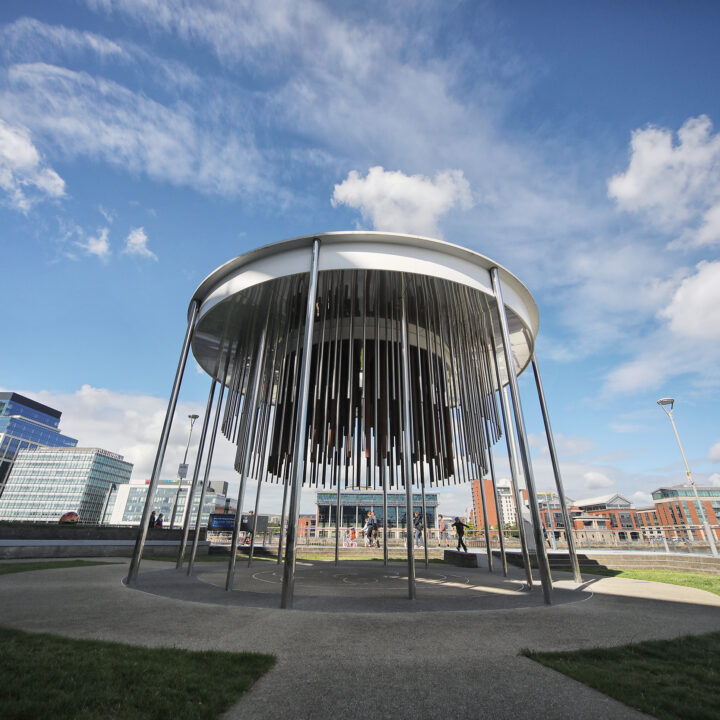
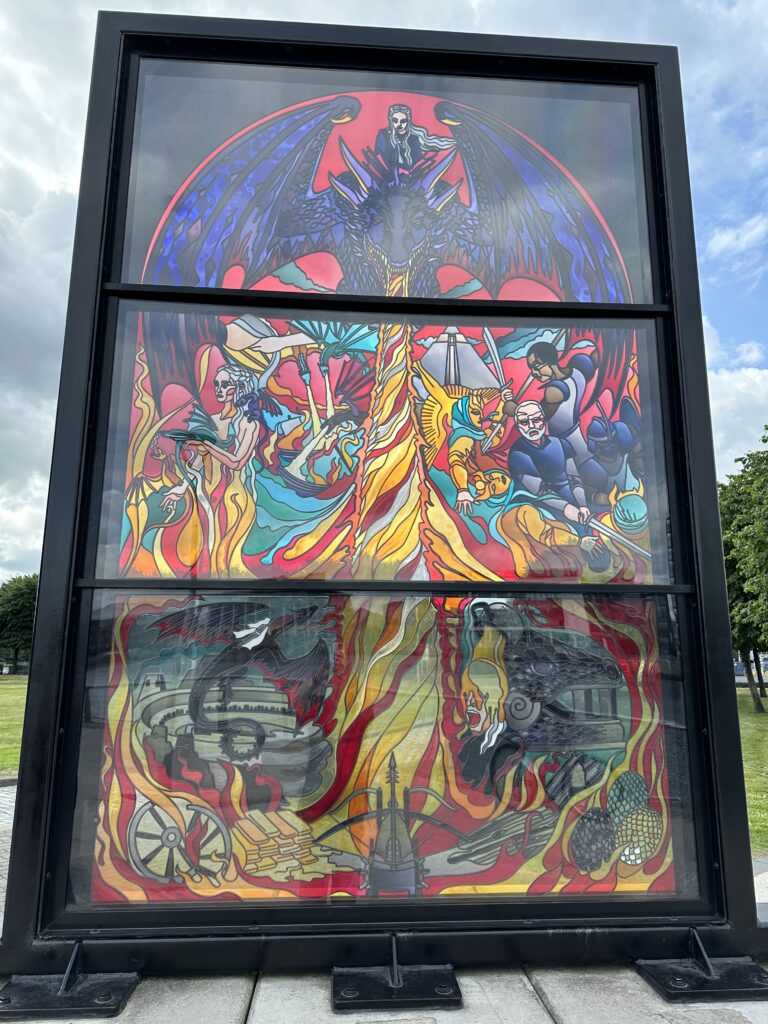
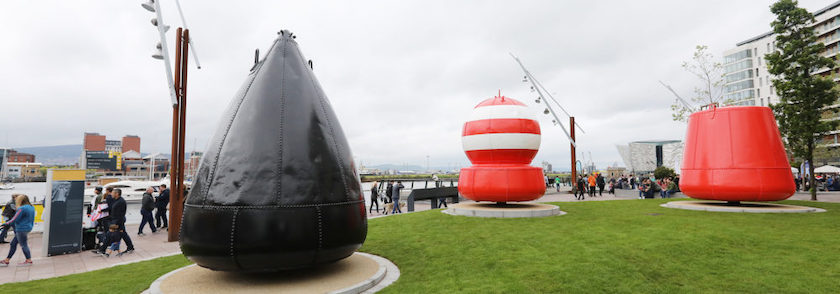
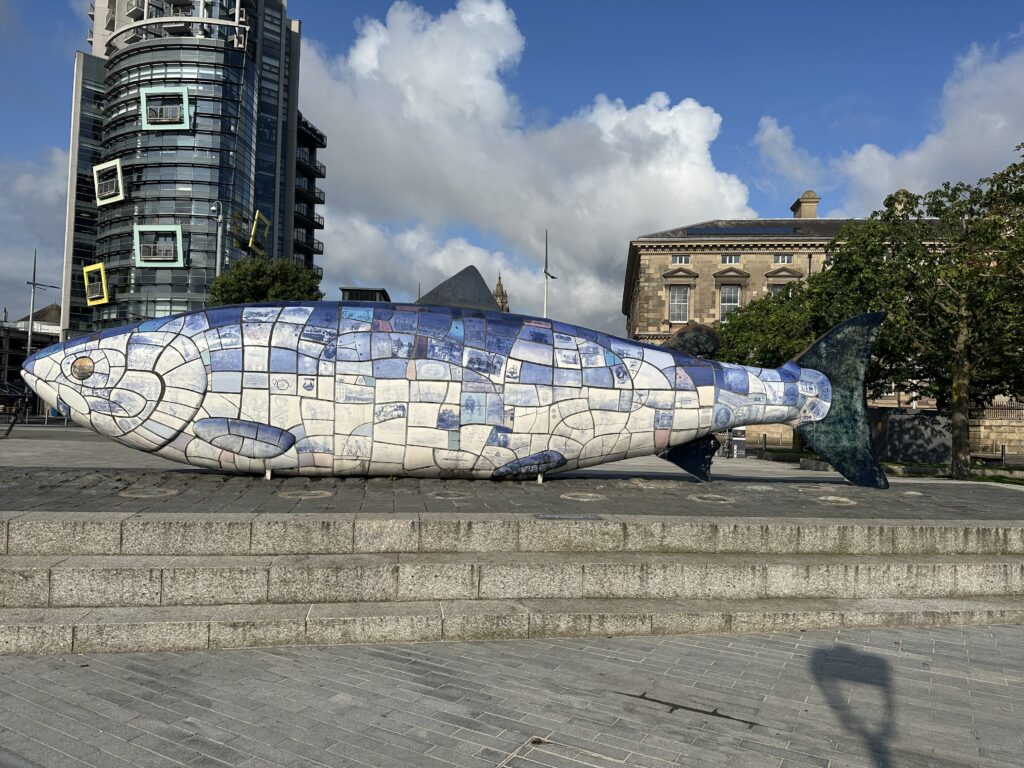
From the Big Fish, it is about a 10-minute walk to the Belfast City Hall, in Donegall Square. The striking building has more than two dozen stained glass windows, four towers, and a 175-foot green copper dome in the middle. Free one-hour guided tours are available.
The manicured grounds include a monument to those who lost their lives in World War I, a Queen Victoria monument, and the Titanic Memorial Garden, naming all of the victims of the disaster.
A couple of blocks from City Hall is the impressive Victoria Square Mall.
While we are not big fans of malls, this one is an architectural feat.
The highlight is a spiral staircase in the middle, climbing 7 dizzying stories to a huge glass dome providing incredible views over the city.
There is an elevator to the top if you don’t feel like climbing up or down all those steps!
Another one-block walk will bring you to the Prince Albert Memorial Clock, Belfast’s answer to the Leaning Tower of Pisa.
The Gothic-style sandstone clock was completed in 1869 to honor Queen Victoria’s late consort.
Unfortunately, it was built on a marshy area around River Fairest, causing the top of the tower to lean over about 4 feet.
(By contrast, the Pisa tower leans about 15 feet.)
After a long day of walking, and assuming you’re staying in the Cathedral Quarter, a great way to celebrate your last night in Belfast is to enjoy a relaxing evening with some live jazz and a delicious dinner at Bert’s Jazz Bar at the Merchant Hotel.
Are you heading to Ireland after this trip? (Do it!) If so, check out our post: 7 Days Along the Wild Atlantic Way.
Game of Thrones In and Around Belfast
For the die-hard fans, there are a dozen or more full-day tours dedicated to a comprehensive tour of Game of Thrones locations and attractions in Northern Ireland. But if you will be satisfied with just a few locations, you can easily find them on this 3-day itinerary, all in or close to Belfast. There is handy signage everywhere to refresh the memory.
Day 2 features several GOT sites on the way to and from Giant’s Causeway. These are gorgeous places one would want to go anyway, and it’s just an added treat to see the GOT connection. Carnlough Harbour was featured in Season 6 as the city of Braavos; the stone staircase is where Arya crawled up from the sea after being stabbed by the Waif. (Jeff couldn’t resist the chance to recreate the scene!)
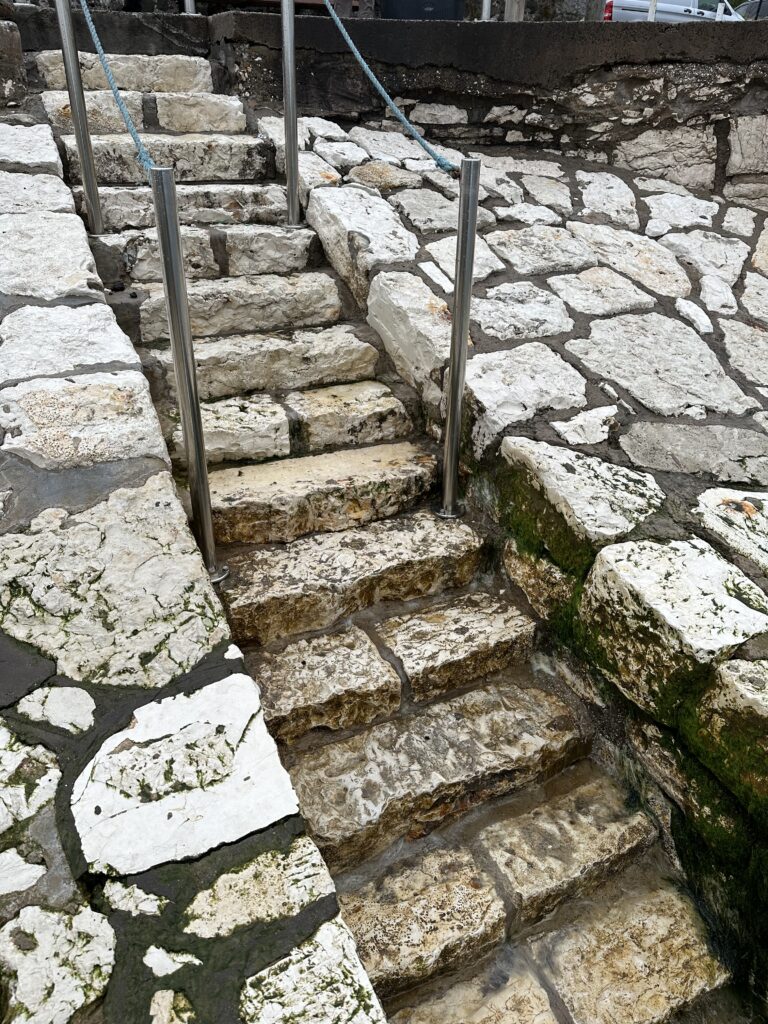
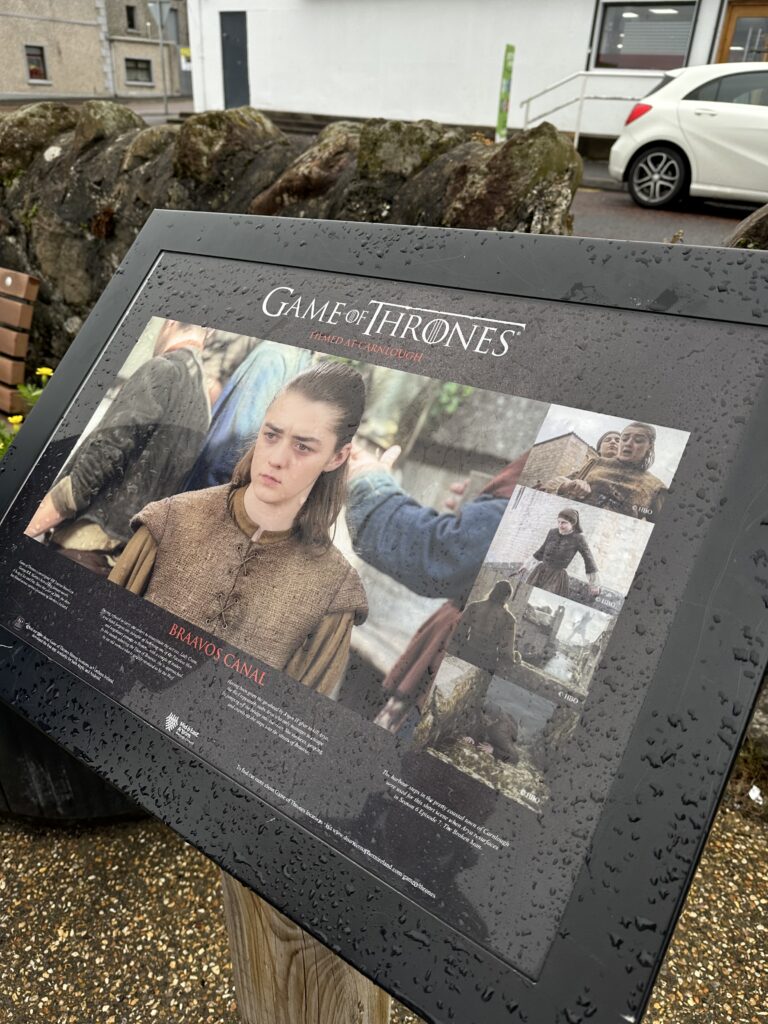
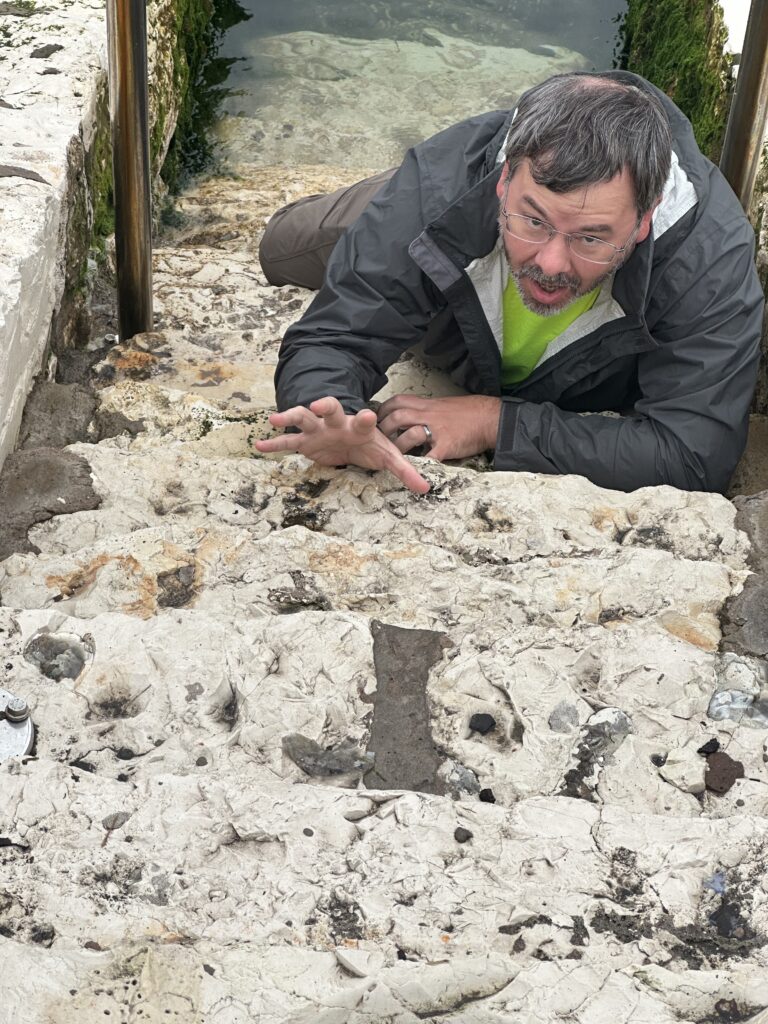
Ballintoy Harbor is the filming location where Theon Greyjoy arrives back in the Iron Islands of Westeros in Season 2, and where he first meets his sister, Yara.
Perhaps the most-visited filming site along this route is The Dark Hedges, in County Antrim along Bregagh Road between and canopied by deeply rooted beech trees, portrayed rather ominously in the series. It is featured in Season 2: The North Remembers, after Arya escapes King’s Landing dressed as a boy.
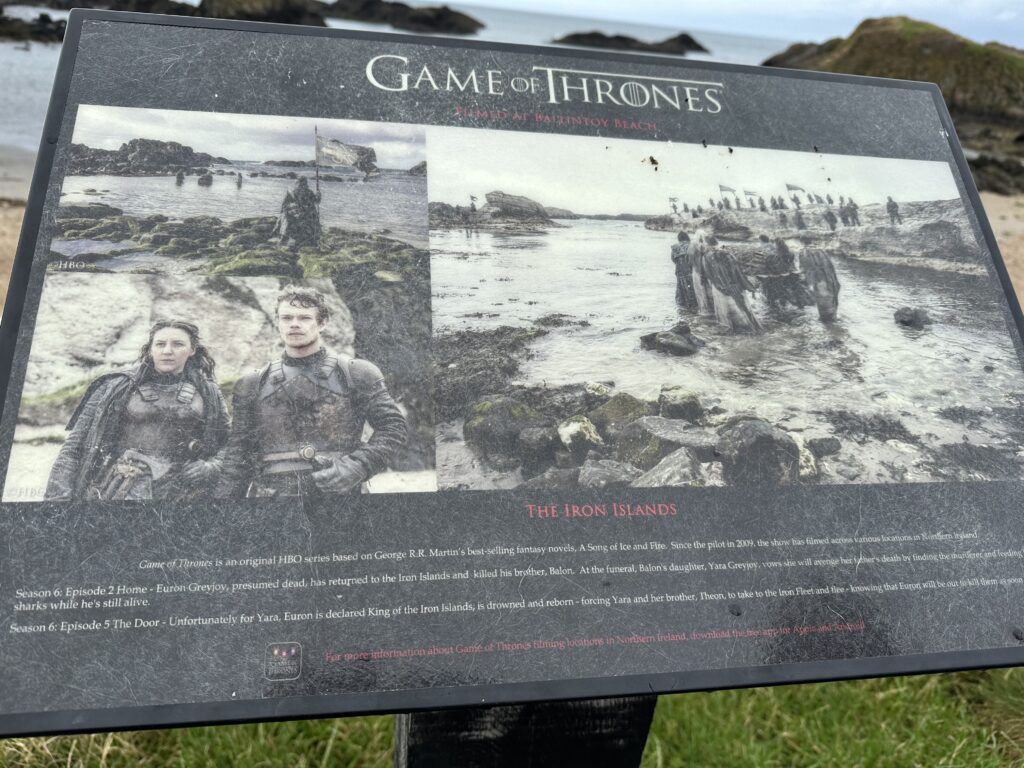
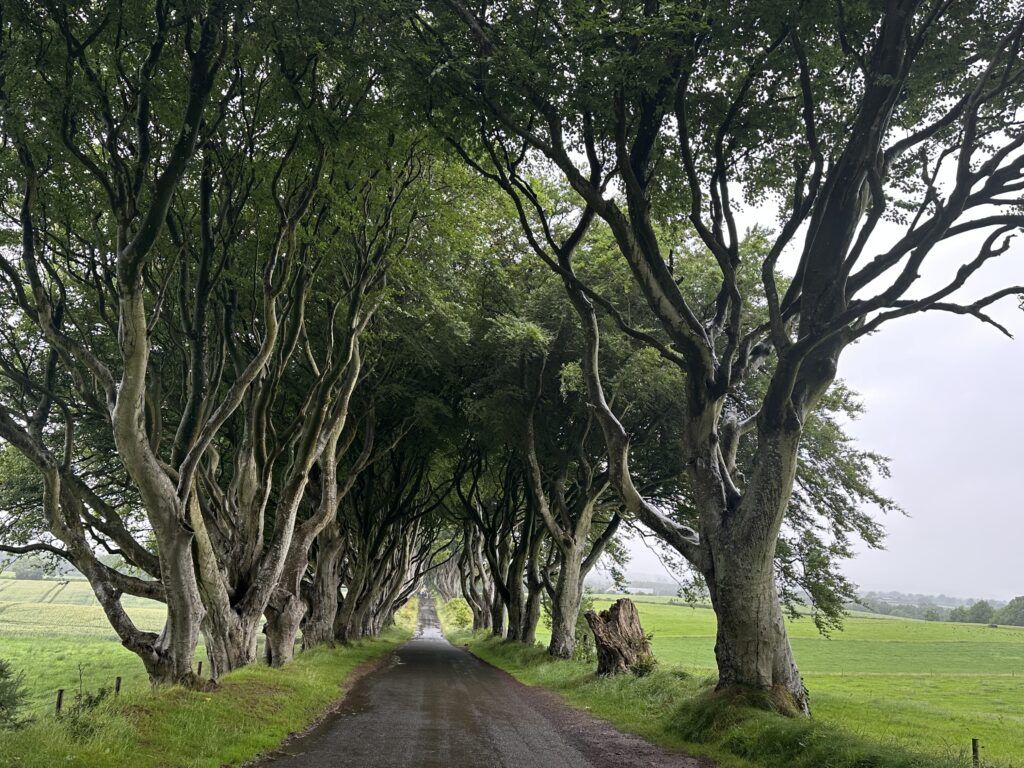
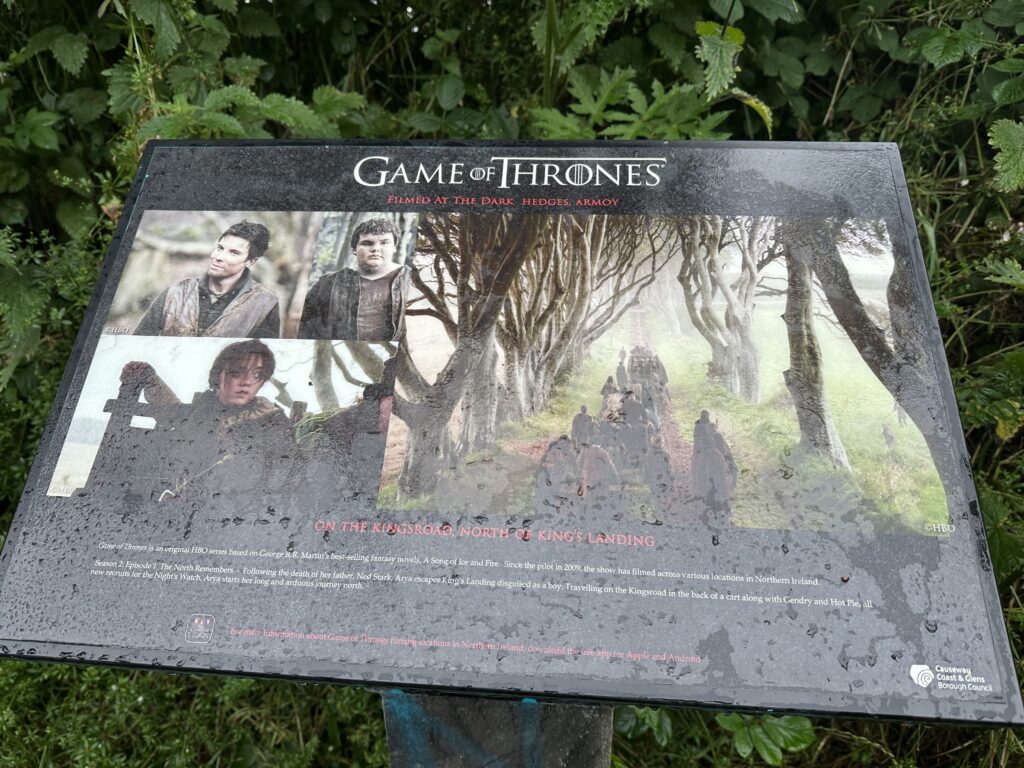
On Day 3, in the Titanic Quarter, there are a series of six huge stained-glass windows depicting famous scenes from the series, including Jon Snow in the Battle of Bastards, a creepy portrait of the Red Woman, a chilling picture of White Walkers, and, of course, dragons. The final window is, fittingly, the Iron Throne.
In 2016, winter was indeed coming, and a terrible storm hit Northern Ireland, taking down many trees of the Dark Hedges. Tourism Northern Ireland and Tourism Ireland took two of the downed trees and used the wood to create ten intricately carved doors depicting scenes from the show. They are now displayed throughout the country. One is located at The Dark Horse bar, which you may have visited on Day 1, in the Cathedral Quarter. This door depicts scenes from the end of Season 6, with hints as to Jon Snow’s parentage.
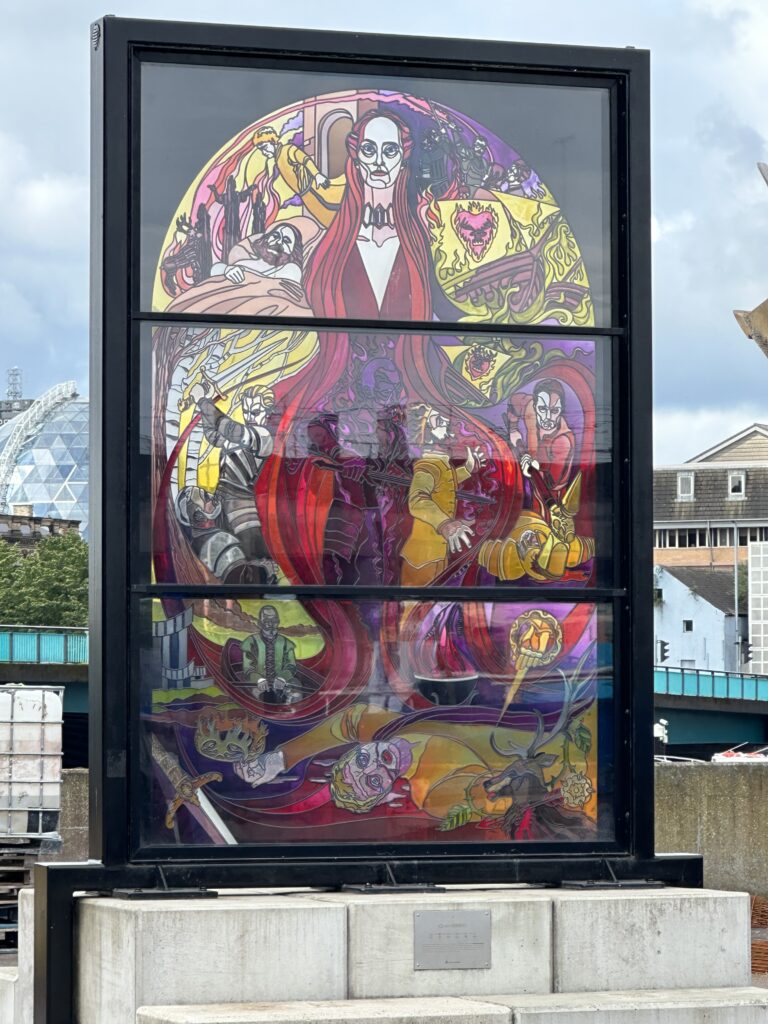
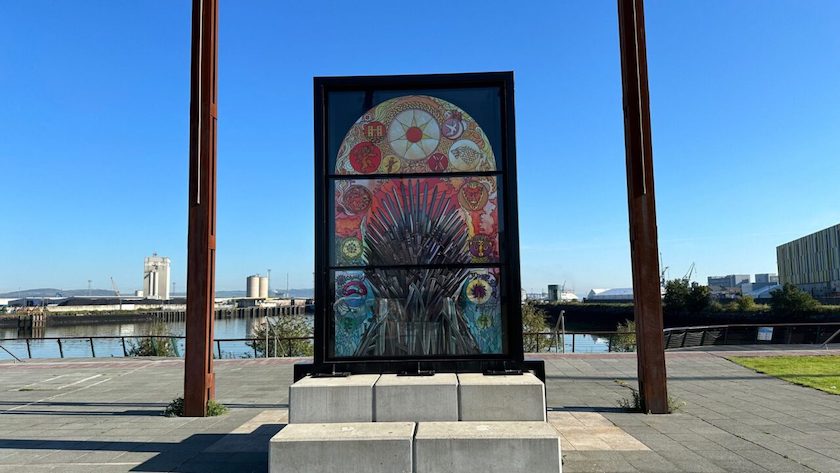
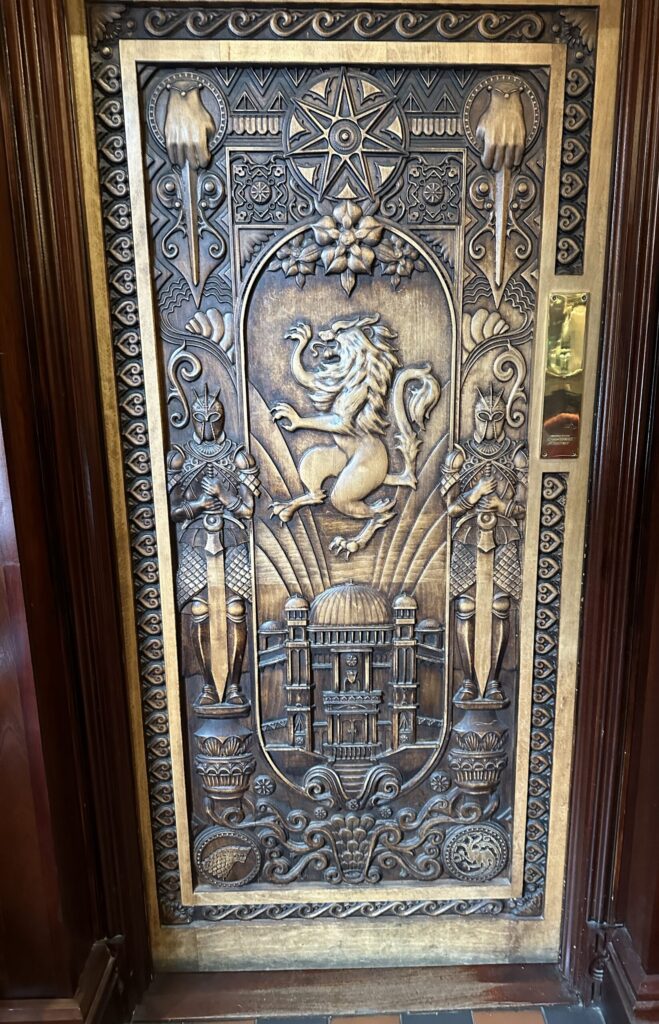
Additional Attractions in Belfast
If you find a few extra hours during your trip, Belfast has some additional first-rate attractions that could be explored in addition to the above itinerary (or perhaps instead of something that doesn’t interest you).
CS Lewis is Belfast’s most famous literary son. Lewis, the author of The Chronicles of Narnia, among many other novels and works of non-fiction, was born and raised in the city.
CS Lewis Square commemorates him, and includes a visitors center and a park. The park features seven extraordinary bronze sculptures of characters from The Lion, the Witch, and the Wardrobe, with magnificent Aslan the Lion being the pièce de résistance.
.
The MAC is a cultural hub in the Cathedral Quarter with three art galleries, two theaters, a dance studio, and a restaurant/bar.
St. George’s Market is a vibrant, covered, historic Victorian market open on Fridays, Saturdays, and Sundays. It has hundreds of stalls featuring produce, meats & cheese, arts & crafts, antiques, fresh fish, jewelry, and much more.
Ulster Museum and Botanic Gardens – The free museum combines art, science, and history to tell the story of Northern Ireland’s past, present, and future. It is surrounded by the (also free) botanical gardens with a rose garden, an alpine garden, exotic trees, and sculptures.
Food Tours – If you’ve read many of our other articles, you’ll know we’re huge fans of small-group food tours. They are an unmatched way to learn the history and culture of the city, connect with local people, and, of course, to eat the most traditional food the city has to offer. Two great choices are Taste and Tour (available Friday – Sunday) and Secret Food Tours (available Monday – Saturday).
Discover more from Werthwhile Wandering
Subscribe to get the latest posts sent to your email.


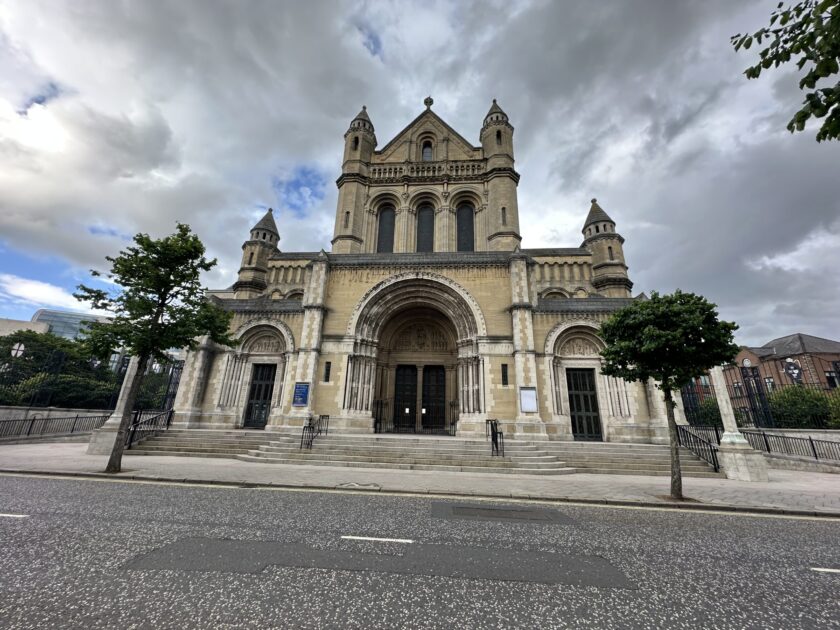
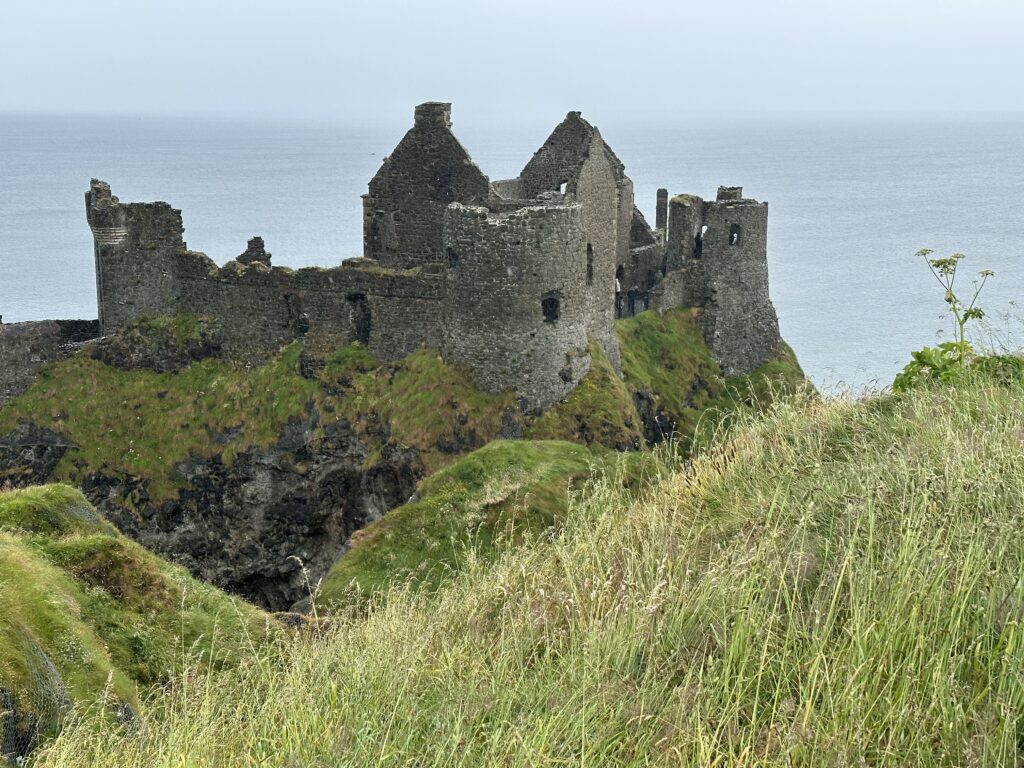
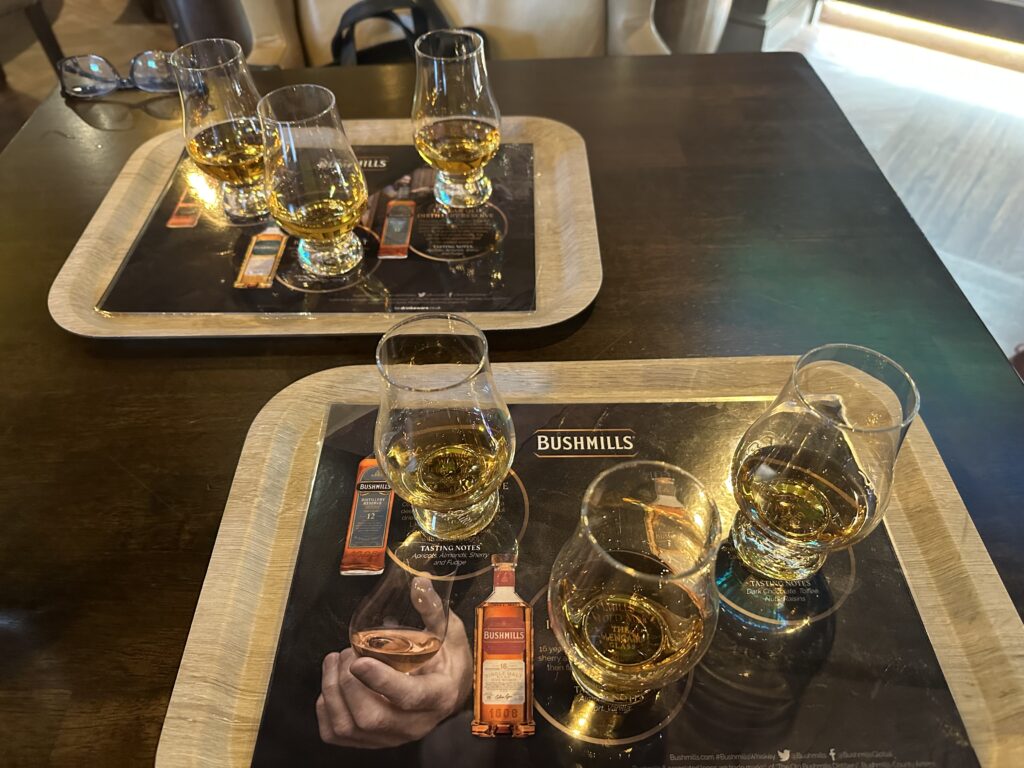
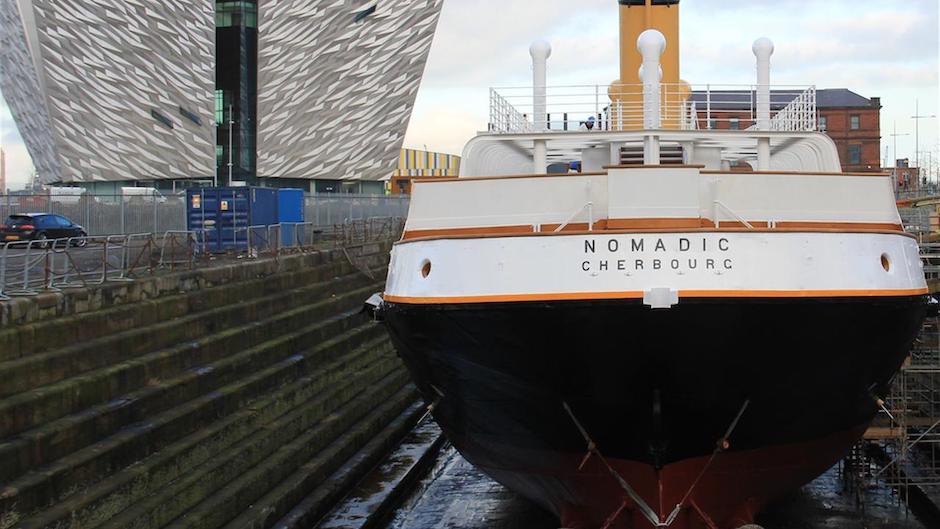
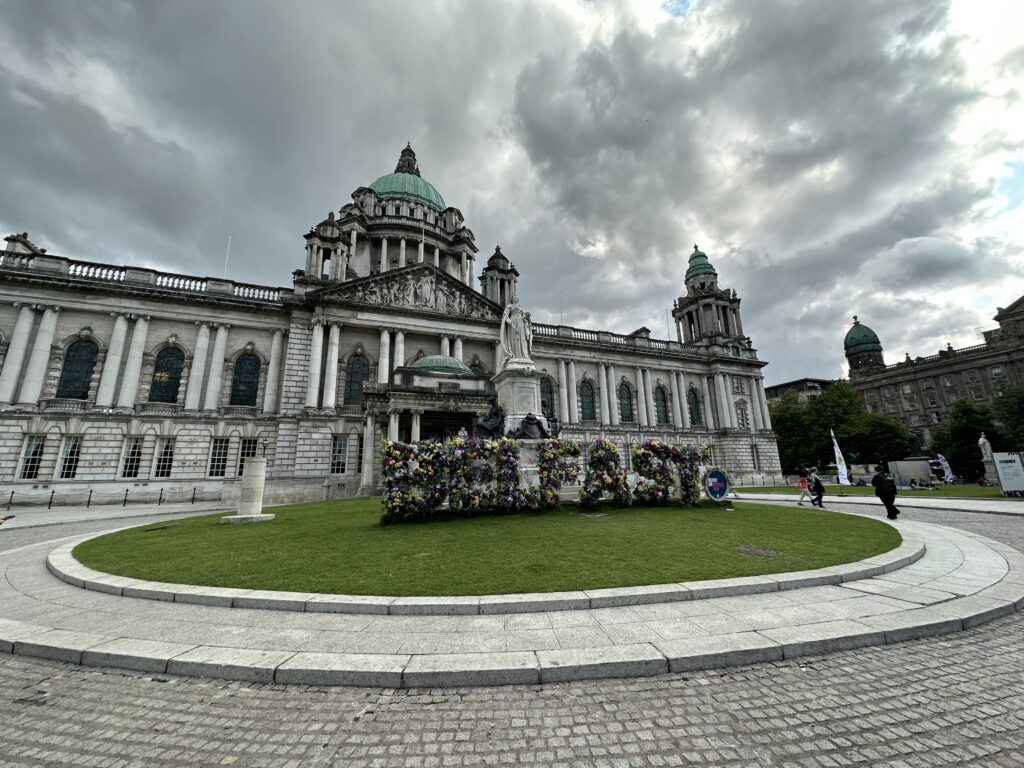
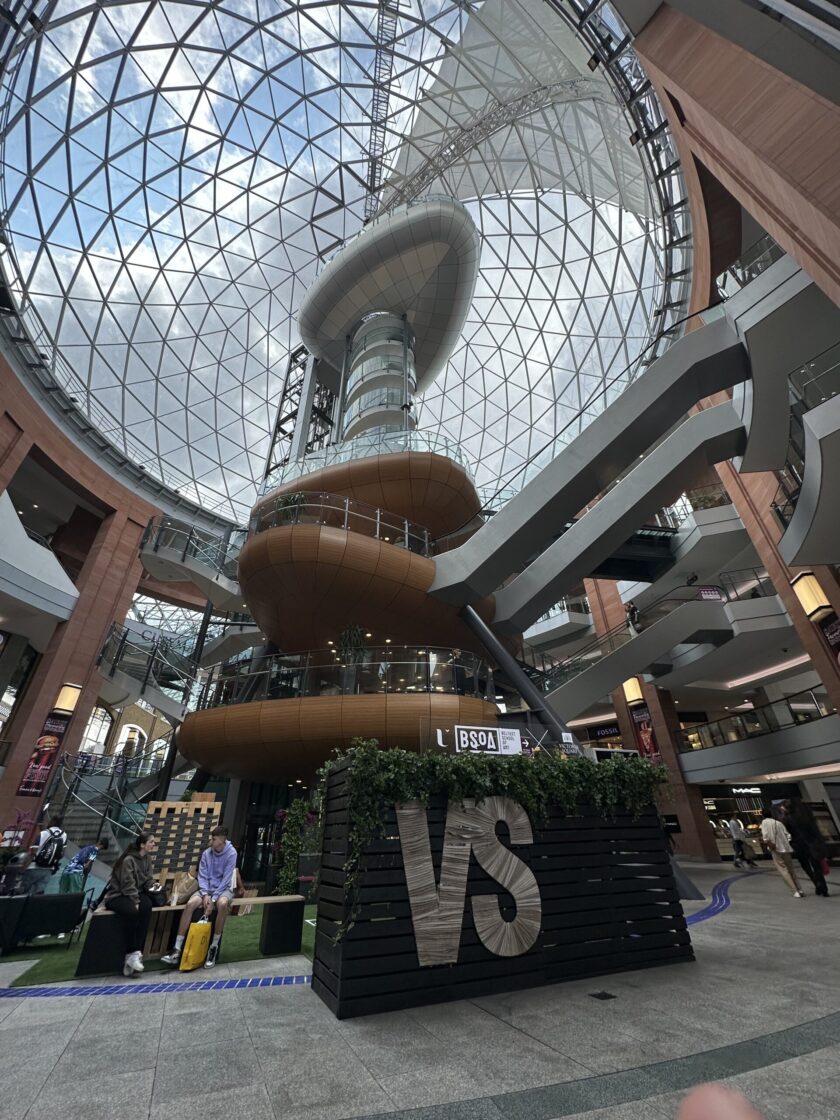
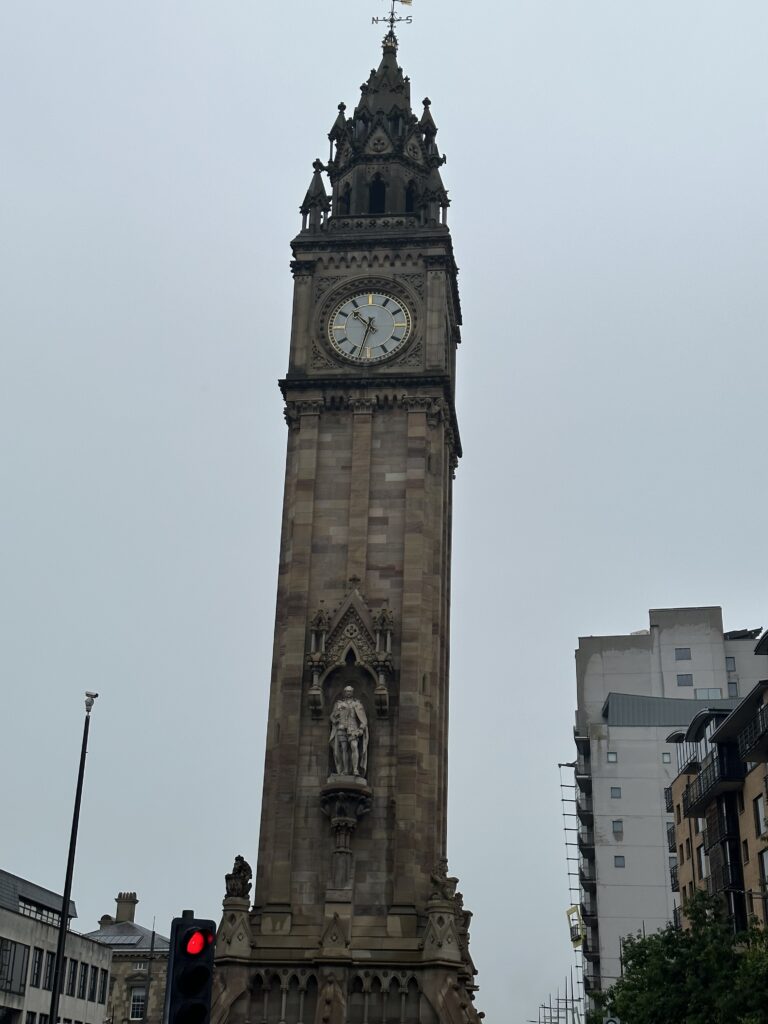





A city that is “awe-inspiring, mysterious, and sometimes slightly disconcerting…” Well, those words drew me in from the start! And your photos and descriptions of historical and cultural attractions kept me enthralled right through until the unexpected final reward: a city park devoted to C.S Lewis’ book,”The Lion, the Witch and the Wardrobe,” featuring an immense statue of Aslan the Lion.
Thank you! Belfast surprised and enchanted us. We were a little uncomfortable at times, but that’s to be expected at a place where history is actively happening. (Who knew we’d be experiencing similar things in the US in 2025?). We would return in a heartbeat – there was so much else to see.
LOVE all the literally spots for us book lovers! PS…more pictures of Jeff reenacting pivotal scenes from literature and screen!
Thanks Kristy! What a great idea – we’ll work on Jeff’s reinactments in our future travels. Stay tuned!